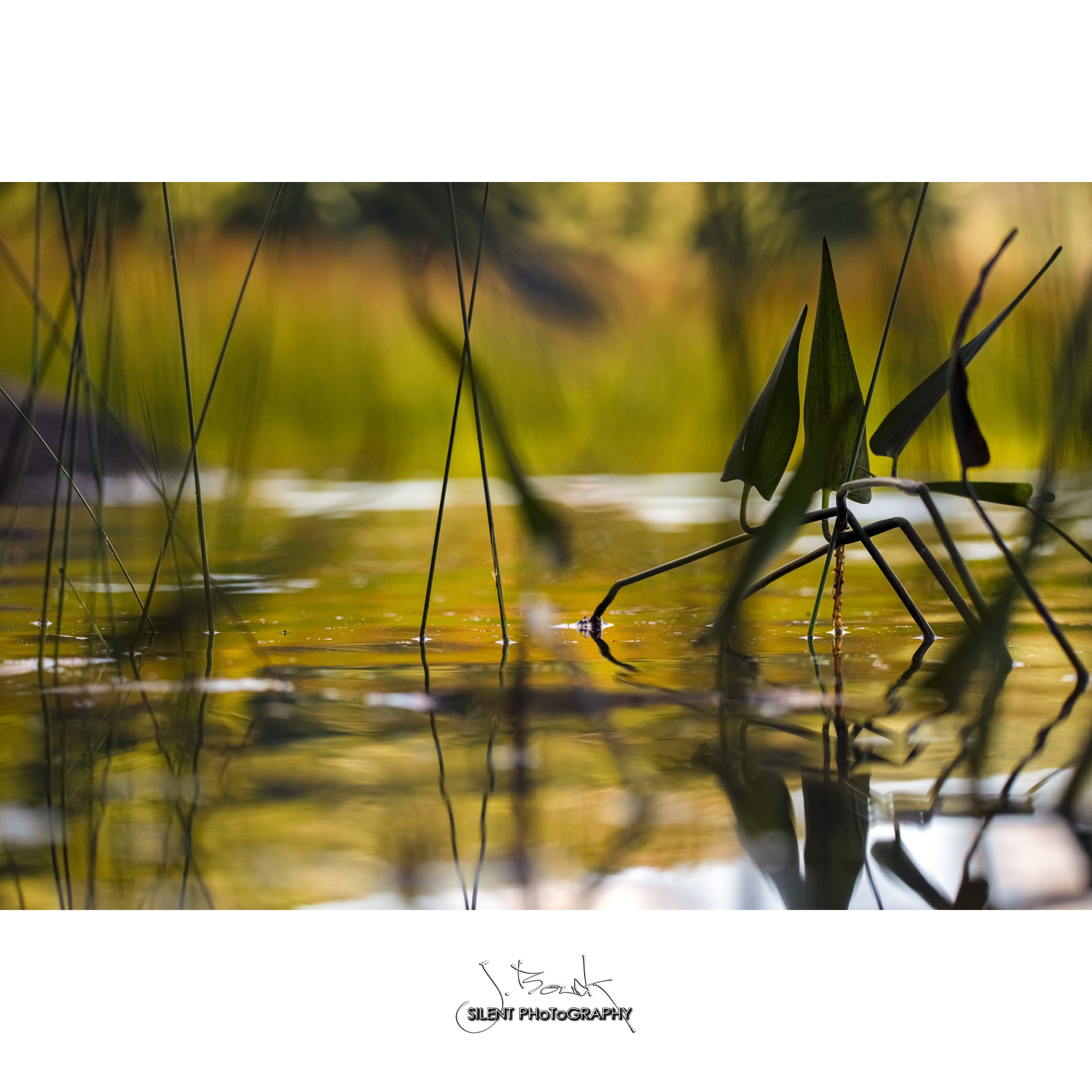
This image from Wilcox Lake in the ADK park on 9-7-21 was taken in the magical time before sunset.
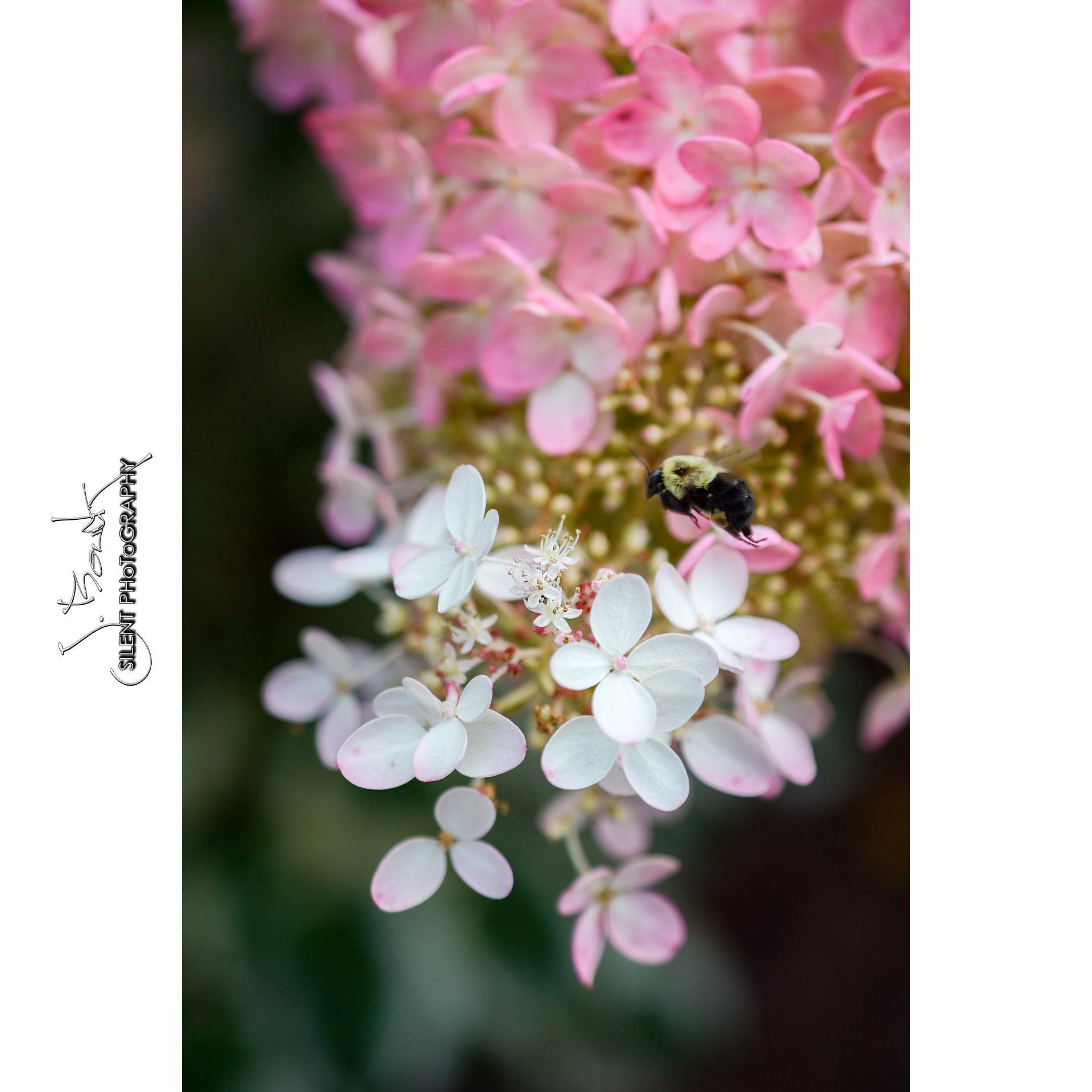
The beautiful landscaping and a bumble bee at the Historic Broadalbin Hotel photographed by Janene Bouck on 9-22-19.
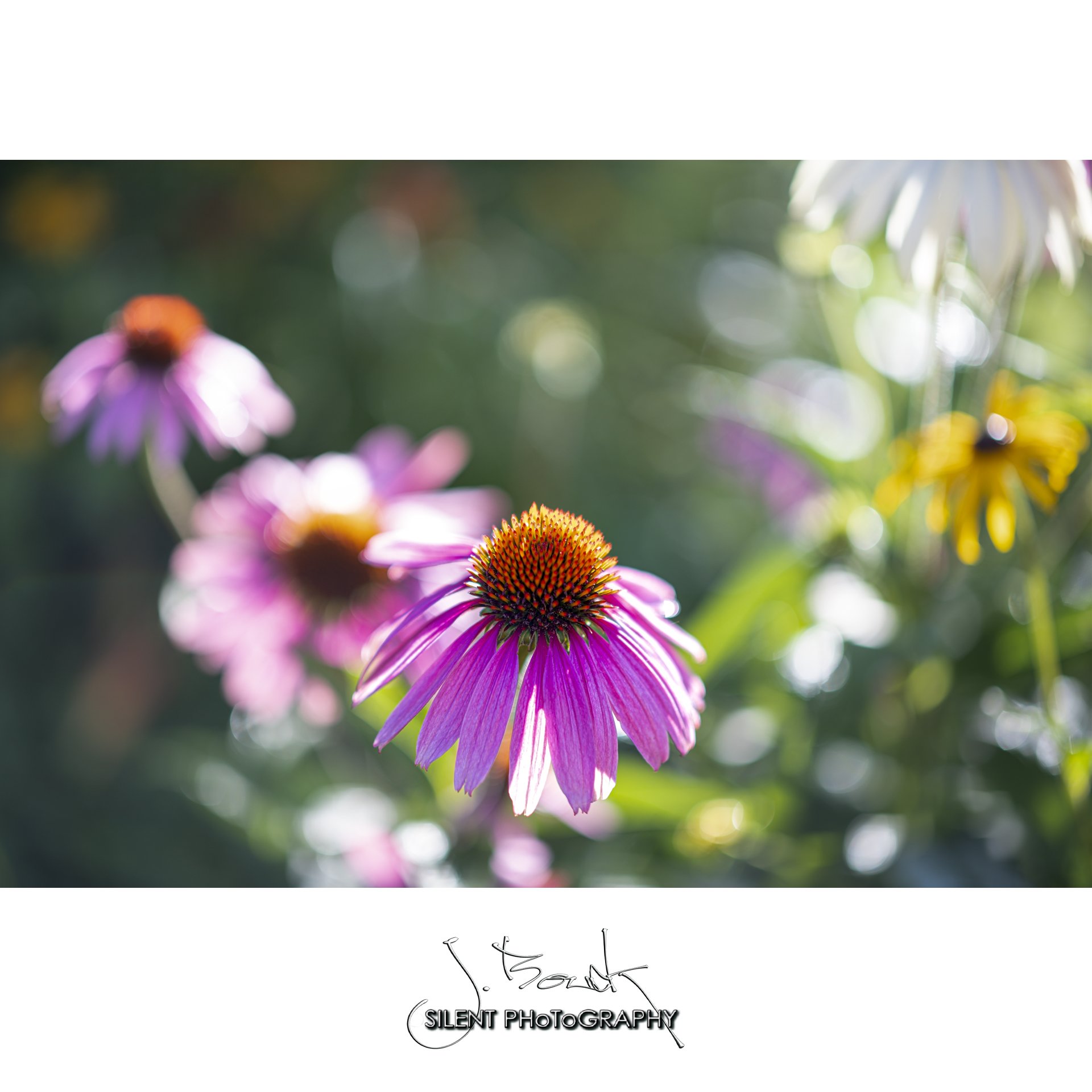
A mainstay of most New York perennial gardens, Purple Coneflower or Echinacea purpurea catches morning light at the Silent Jane Studio in Broadalbin, NY. 7-31-21

A female Ruby Throated Hummingbird drinks from Crimson Monarda at the Silent Jane Studio in Broadalbin, NY. Janene took this image while sick with covid19 in July of 2022.
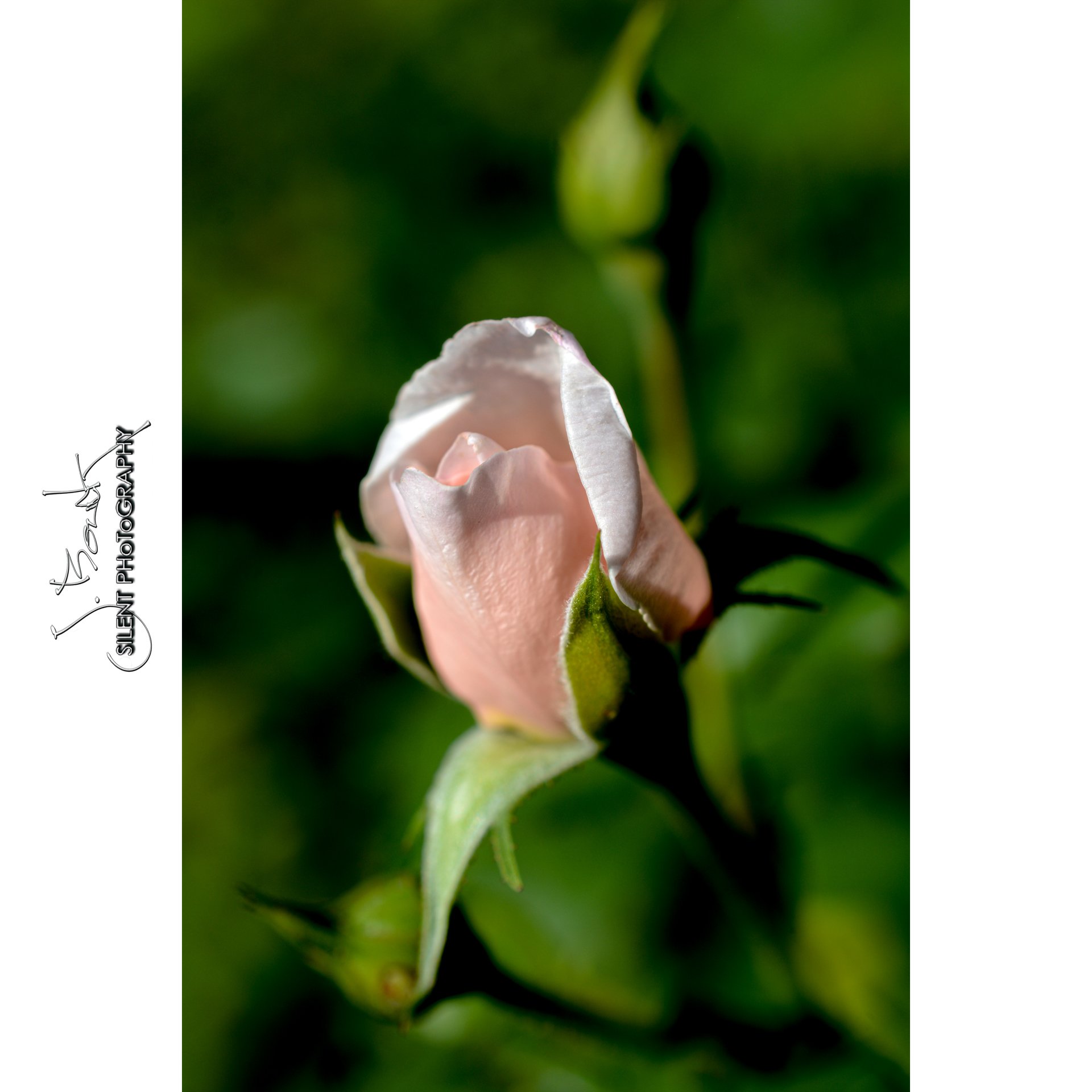
Macro photography of a rose bud at Yaddo Garden in Saratoga Springs, New York.
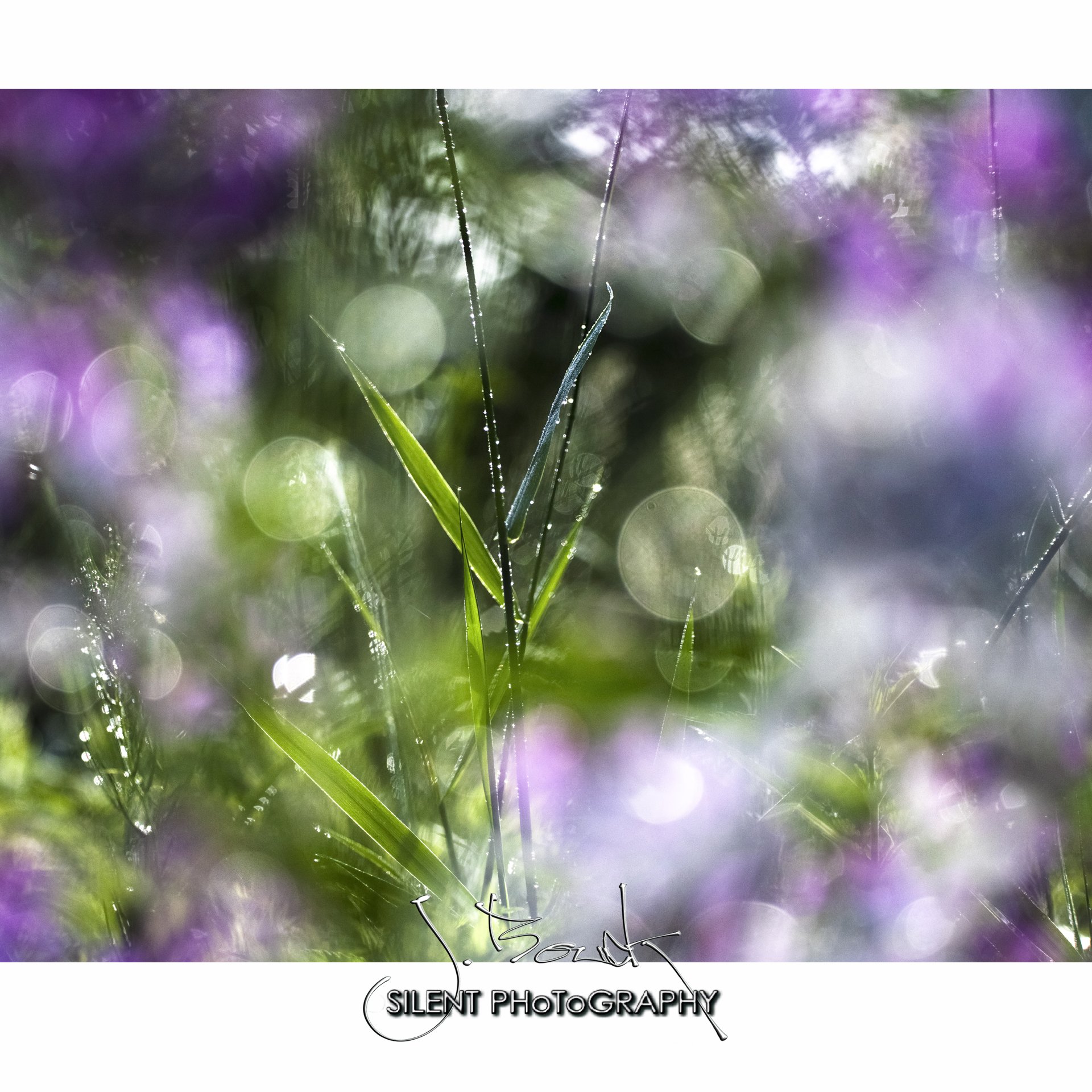
A macro botanical image was taken on the bank of the Kenneyetto Stream in Broadalbin, New York on 6-9-21.
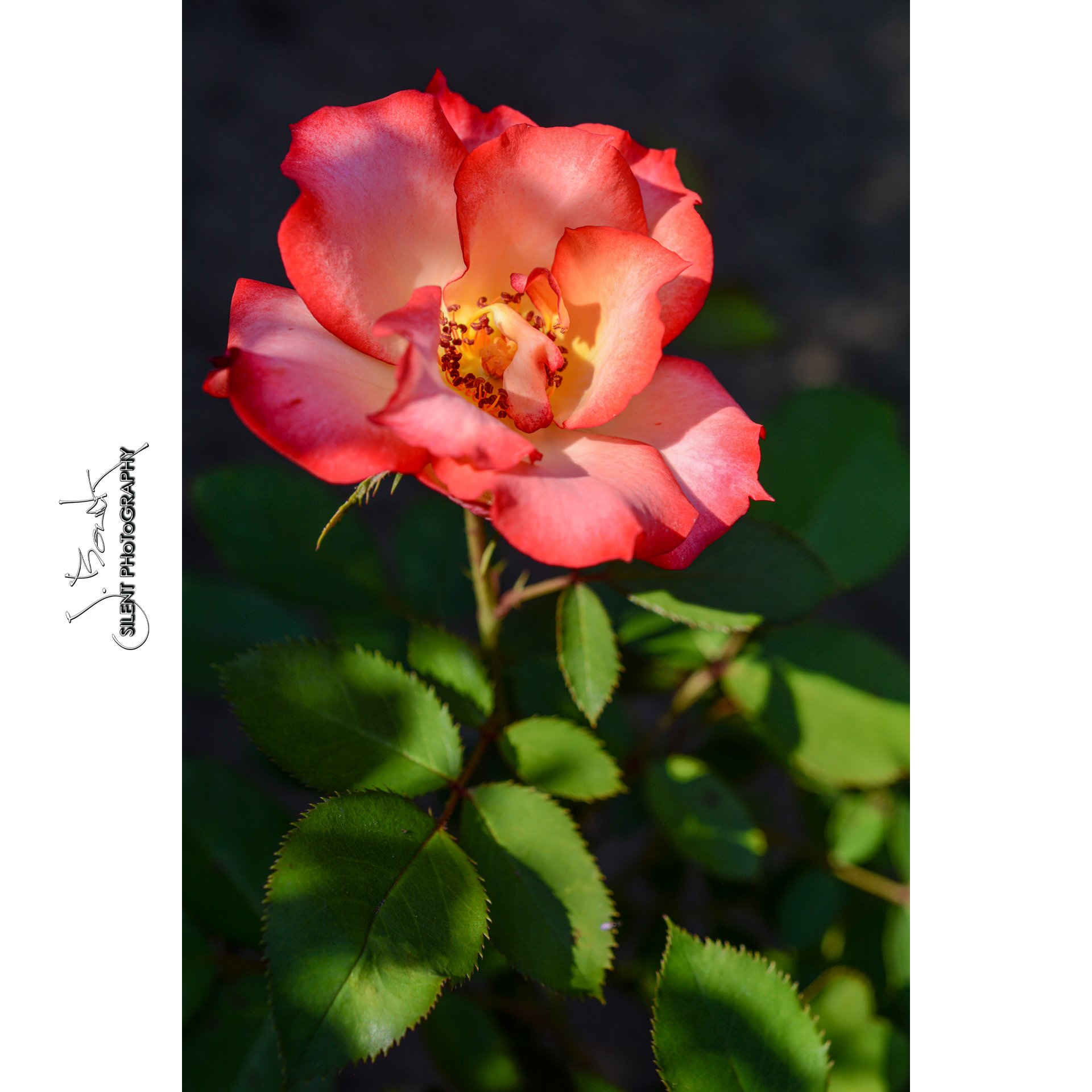
Macro photography of a rose at Yaddo Garden in Saratoga Springs, New York.
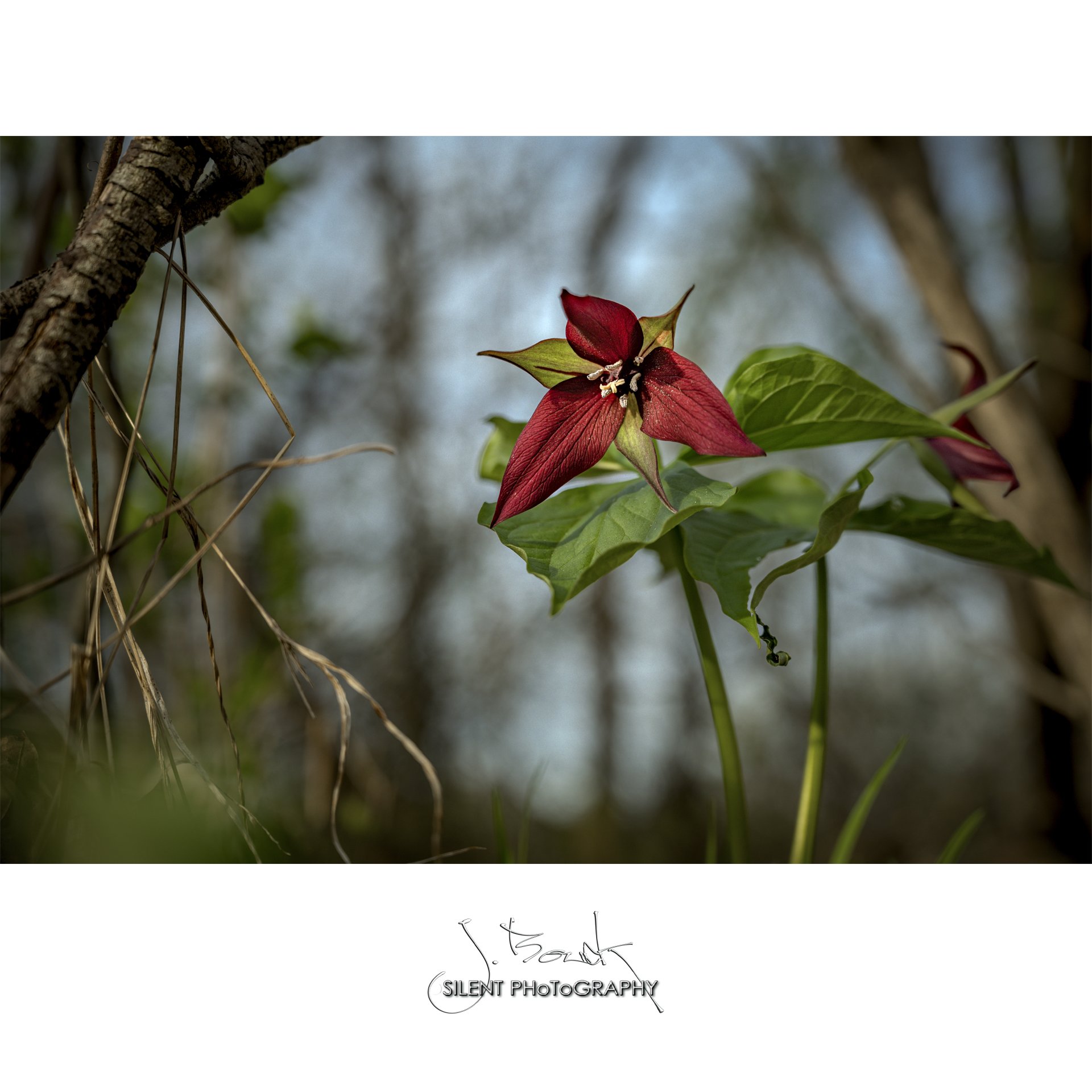
A red trillium growing behind the Silent Jane Studio in Broadalbin, New York.
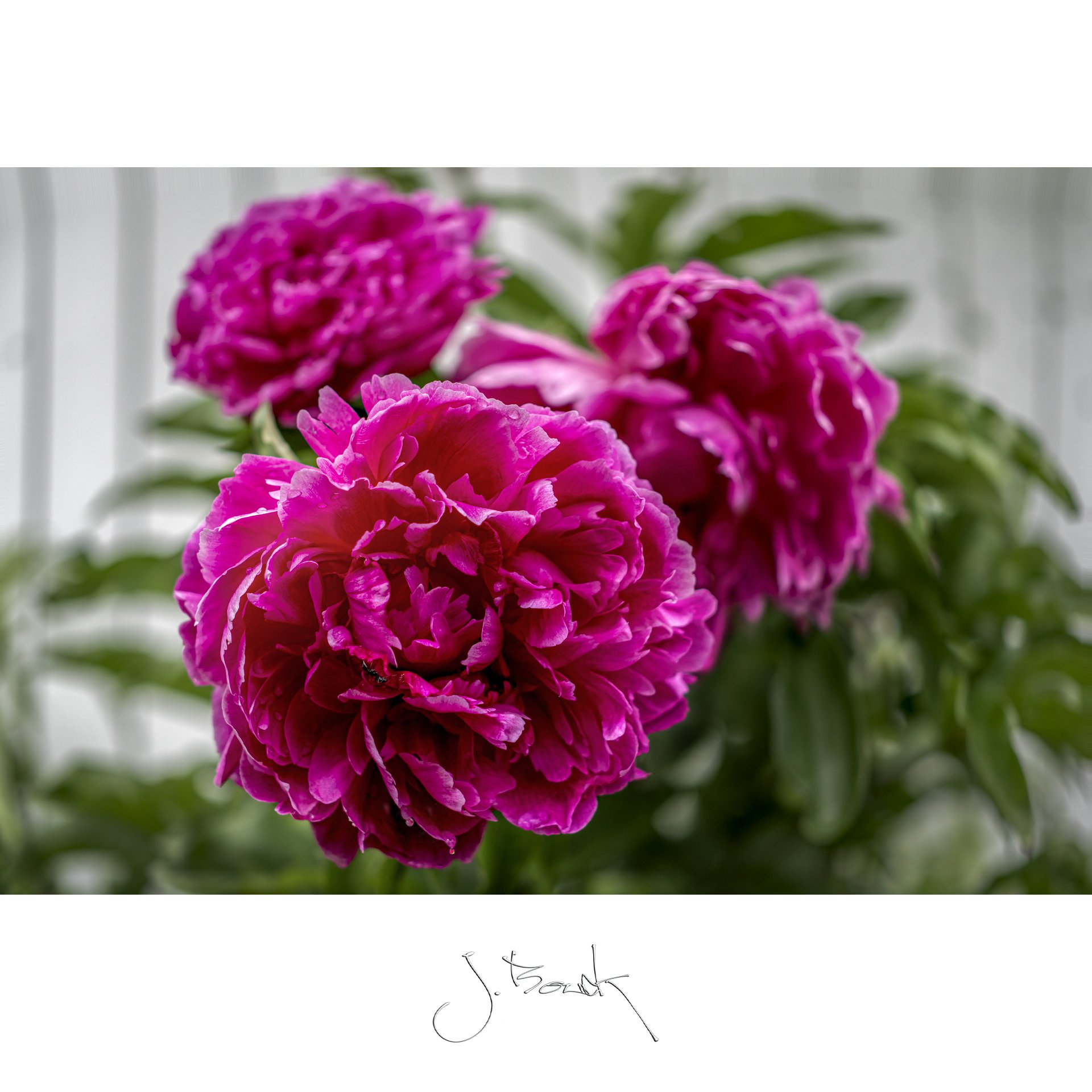
A cherished perennial at the Silent Jane Studio.
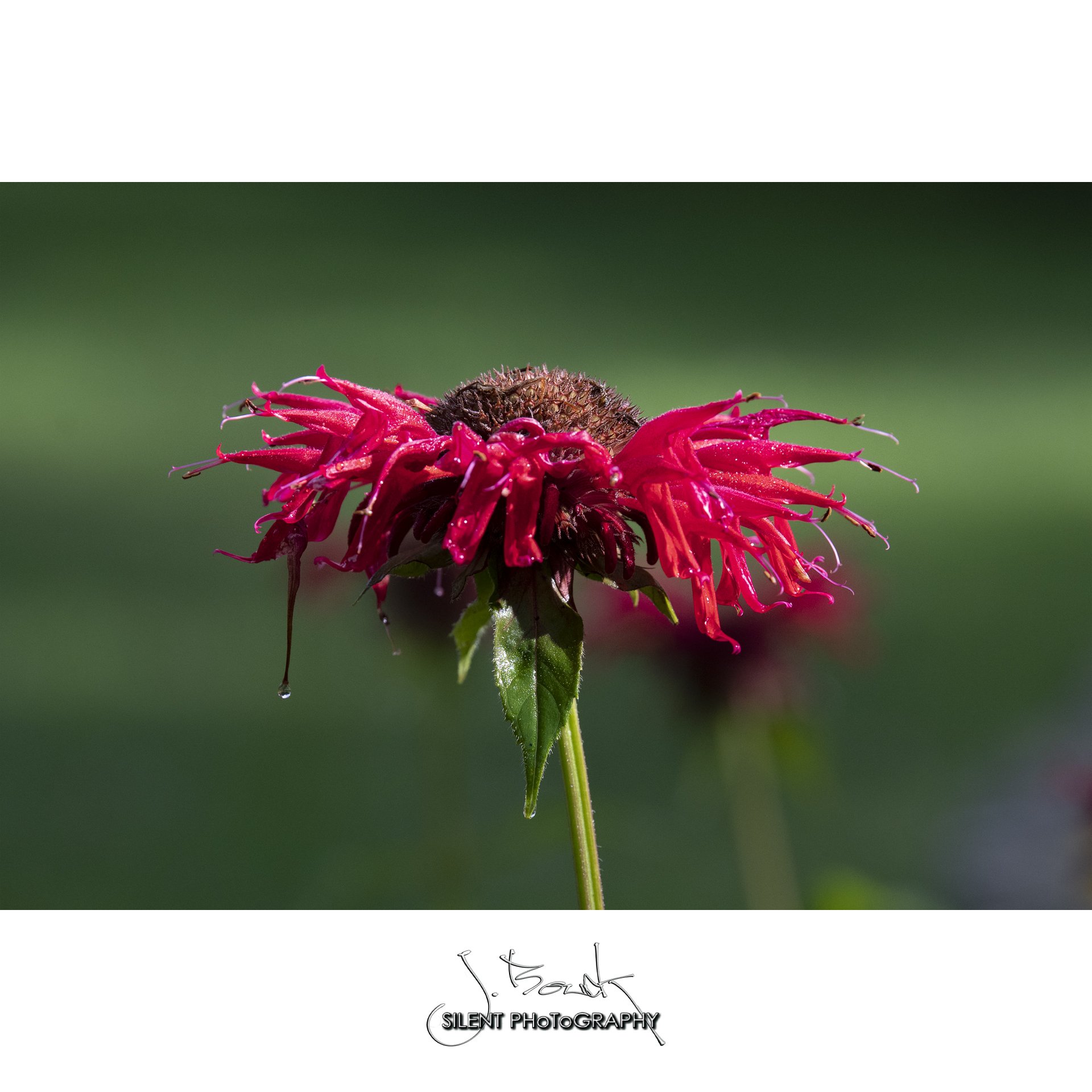
Found growing wild, these perennials tubers were divided, and a few were transplanted to attract pollinators to the studio gardens.
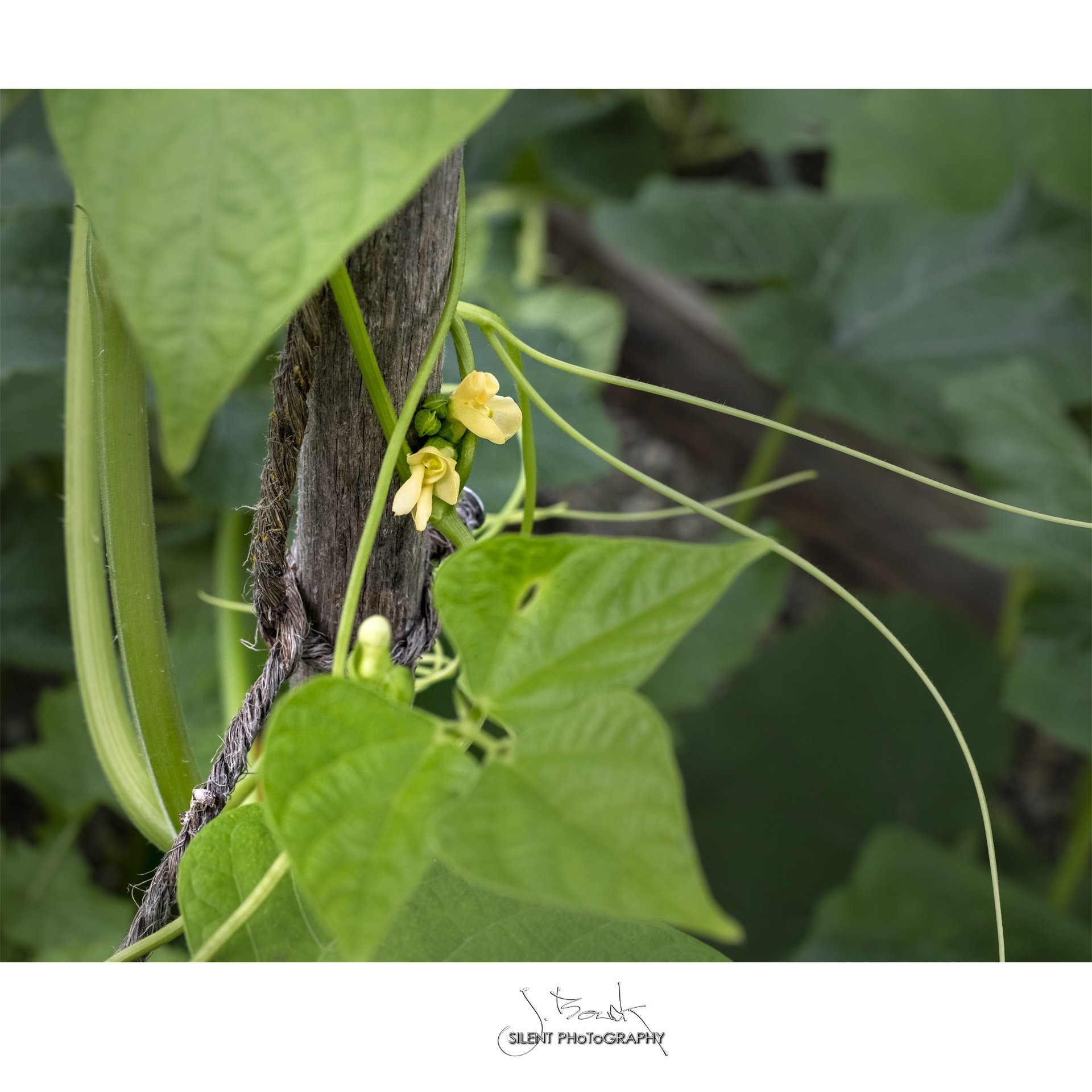
The delicate tiny flowers of this climbing bean give way to deliciousness!
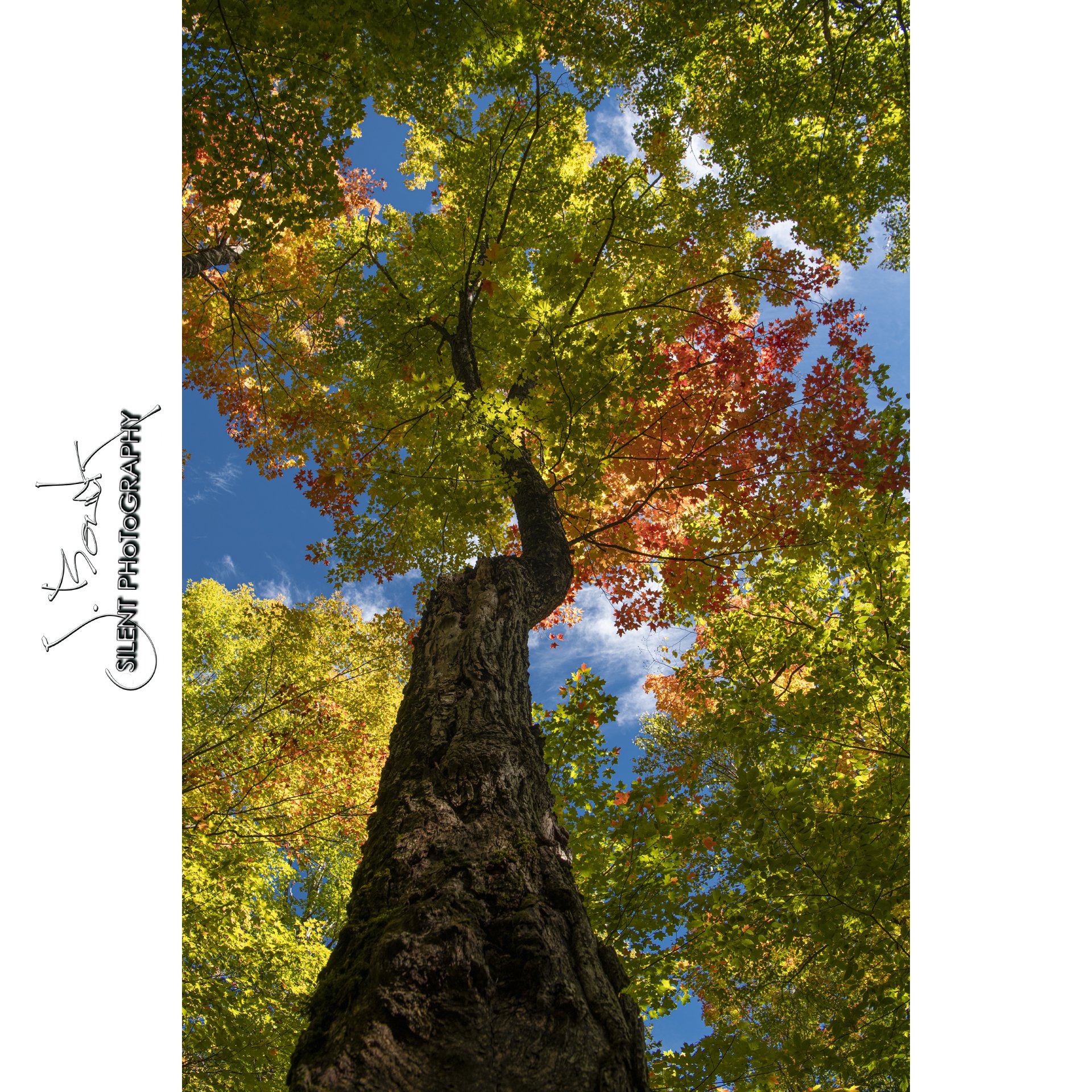
Autumn Foliage on a warm, sunny, October day in Adirondack Park. 10-2-22
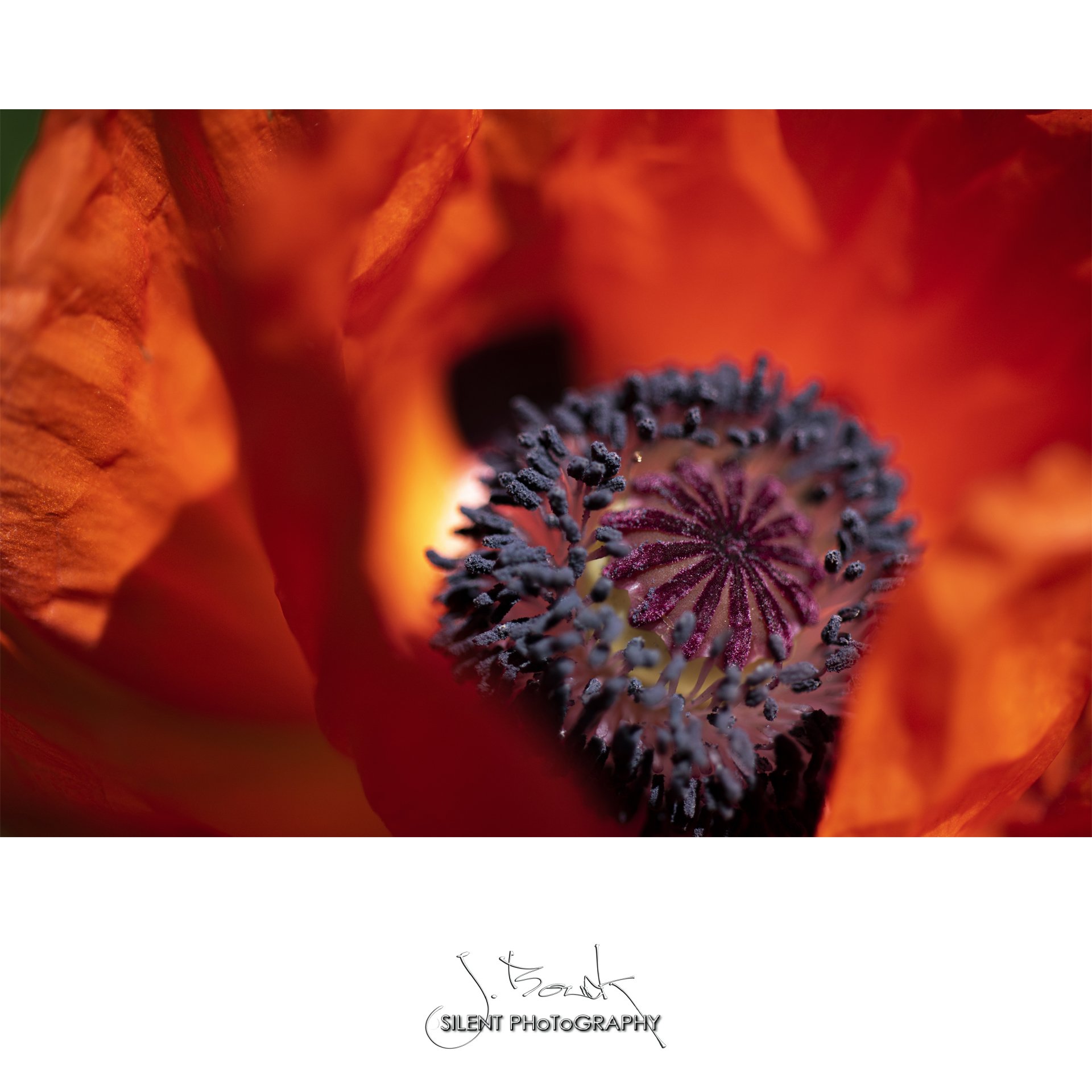
A macro photograph of the perennial poppies at the Silent Jane Studio. Janene has translated this photograph onto household and fashion items, as well as wall art.
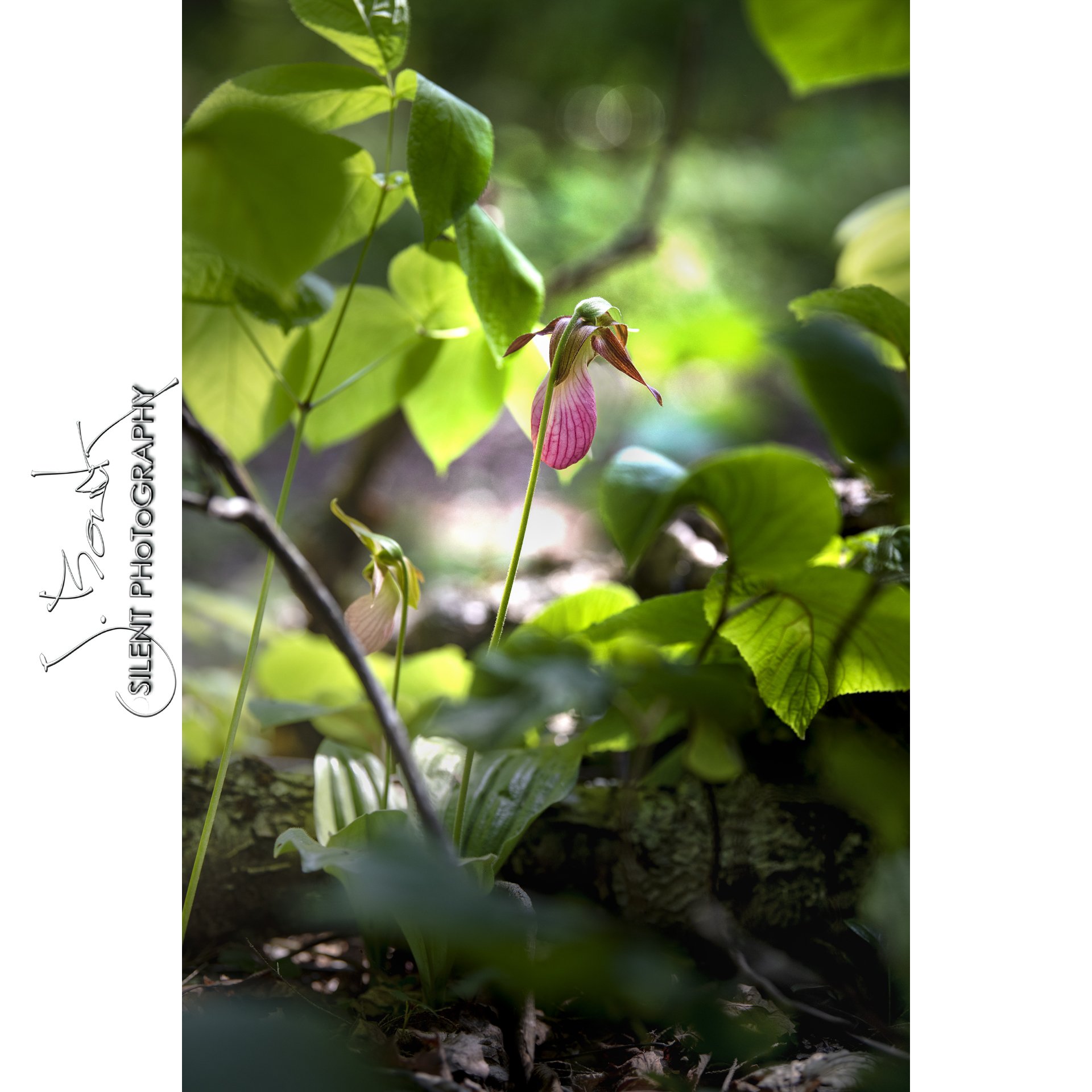
Cypripedium acaule or Fissipes hirsuta, commonly called Pink Lady's Slipper or Moccasin Flower, is widely distributed across the eastern United States and eastern to central Canada, from Alabama to the Northwest Territories. It produces 2 basal leaves and a solitary flower with purplish brown to green petals and sepals. The labellum is a distinctively inflated pouch, magenta to white, often light pink with darker pink venation; a slit with inwardly rolled edges marks the front of the labellum. It is found in forests and woodlands, often near pines or conifers, and occasionally in bogs or swamps.
It exhibits persistently low reproductive rates, caused partly by erratic flowering and infrequent pollination and its odd structure, which often deters pollinators. It can be distinguished from other species with similarly pink flowers, such as C. arietinum and C. reginae, by its basal (instead of stem) leaves.
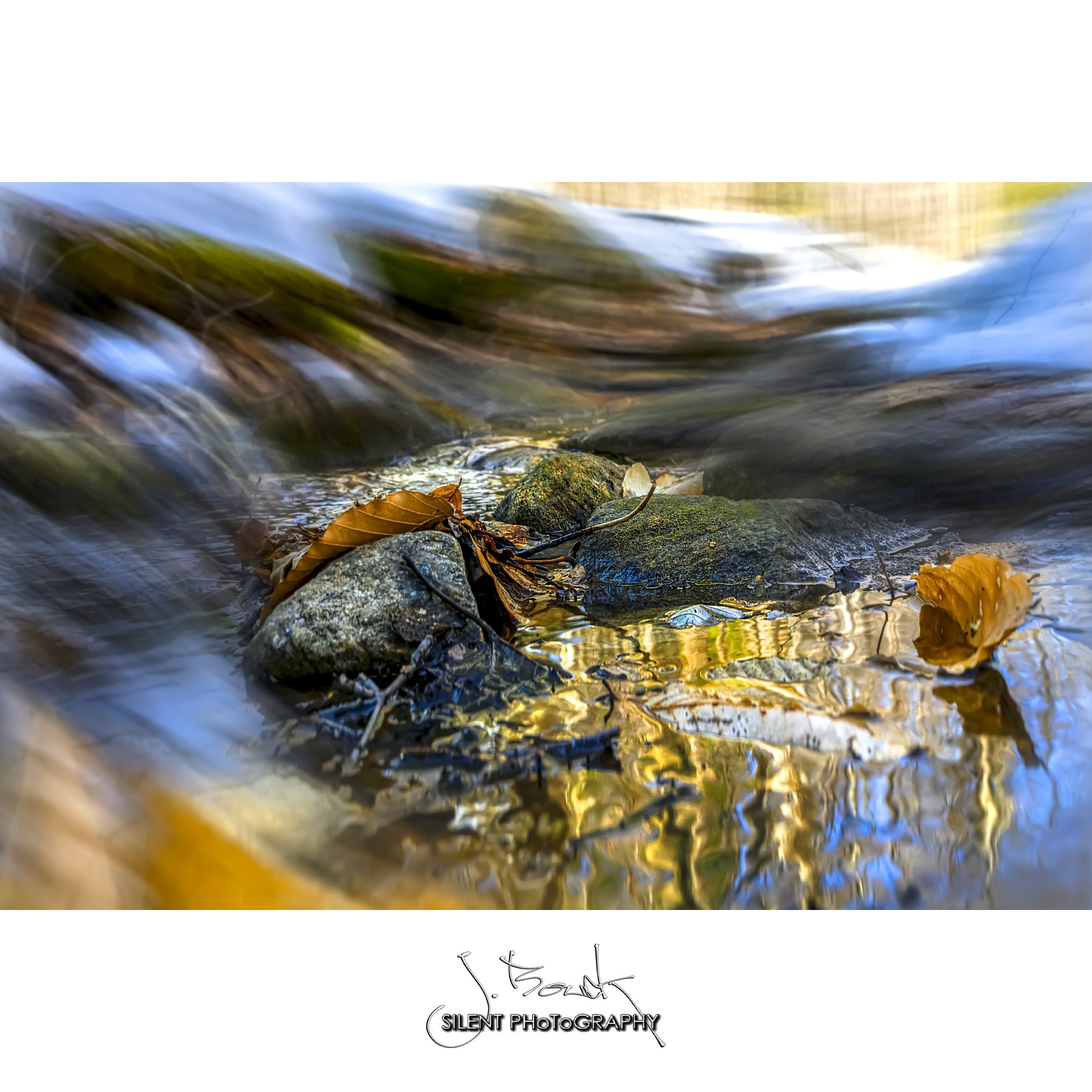
Macro Photography and Digital Art of the Bennet Lake Trail in the Adirondack Park, 3-12-21.
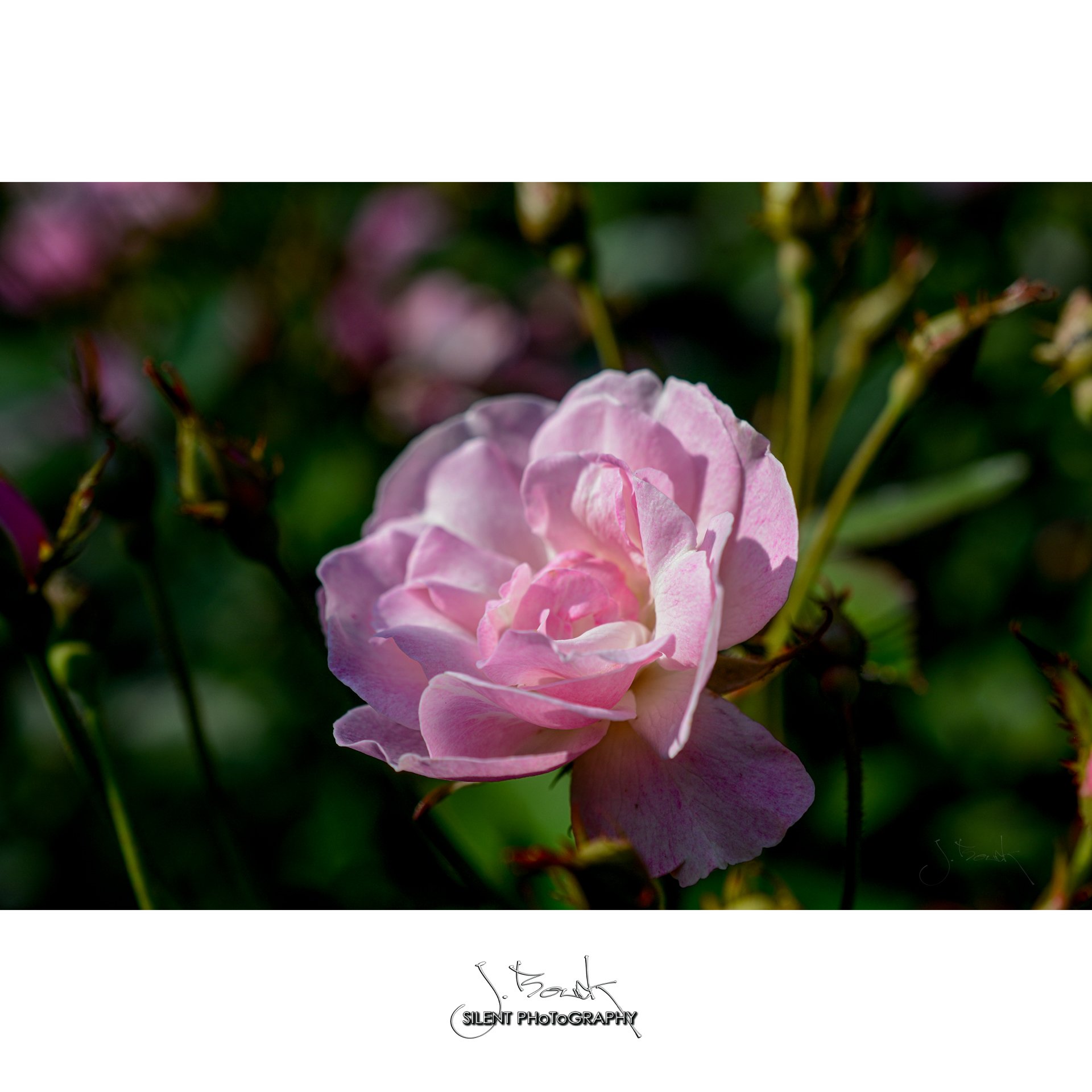
Macro photography of a rose at Yaddo Garden in Saratoga Springs, New York.
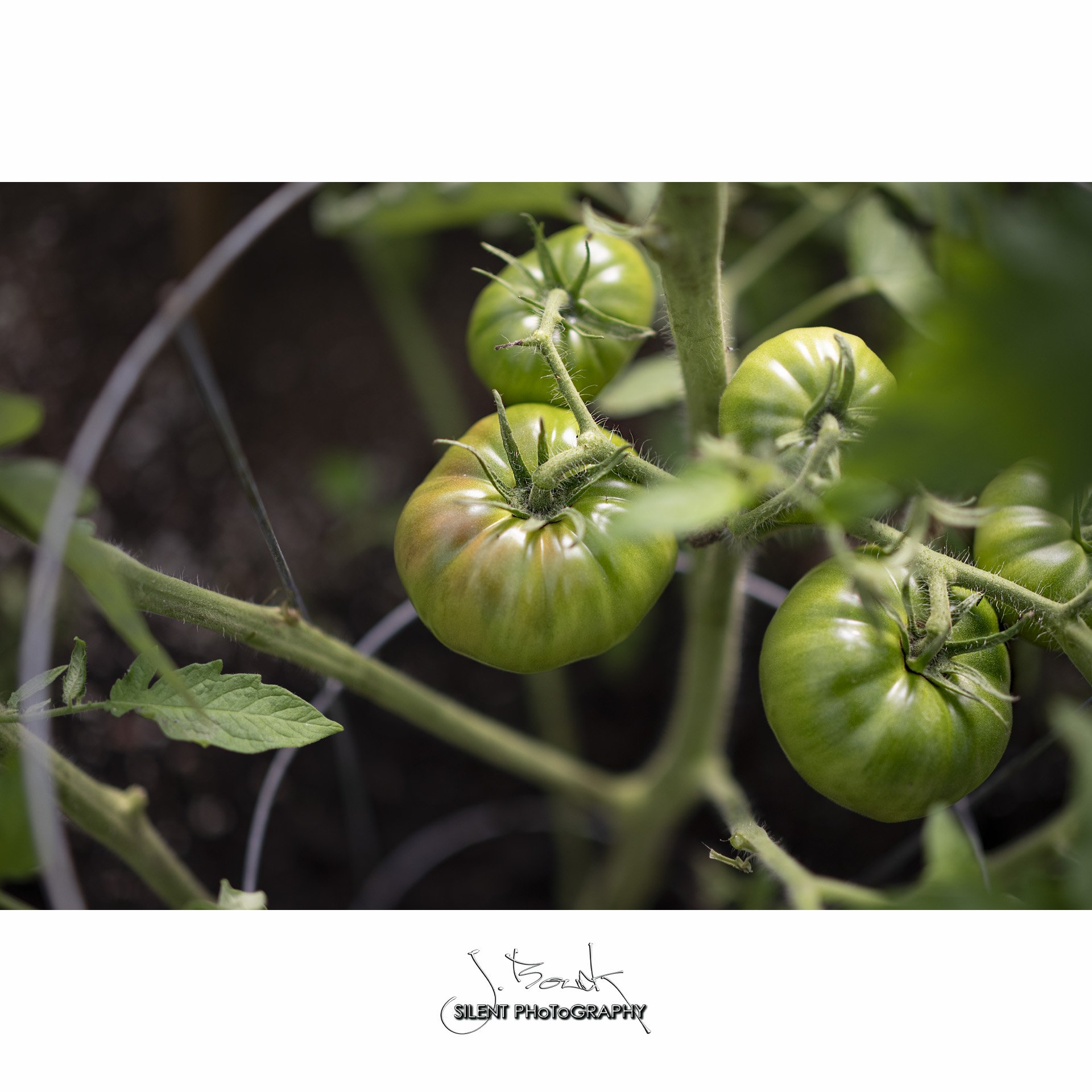
A macro photograph of a vine-ripening heirloom tomato at the Silent Jane Studio.
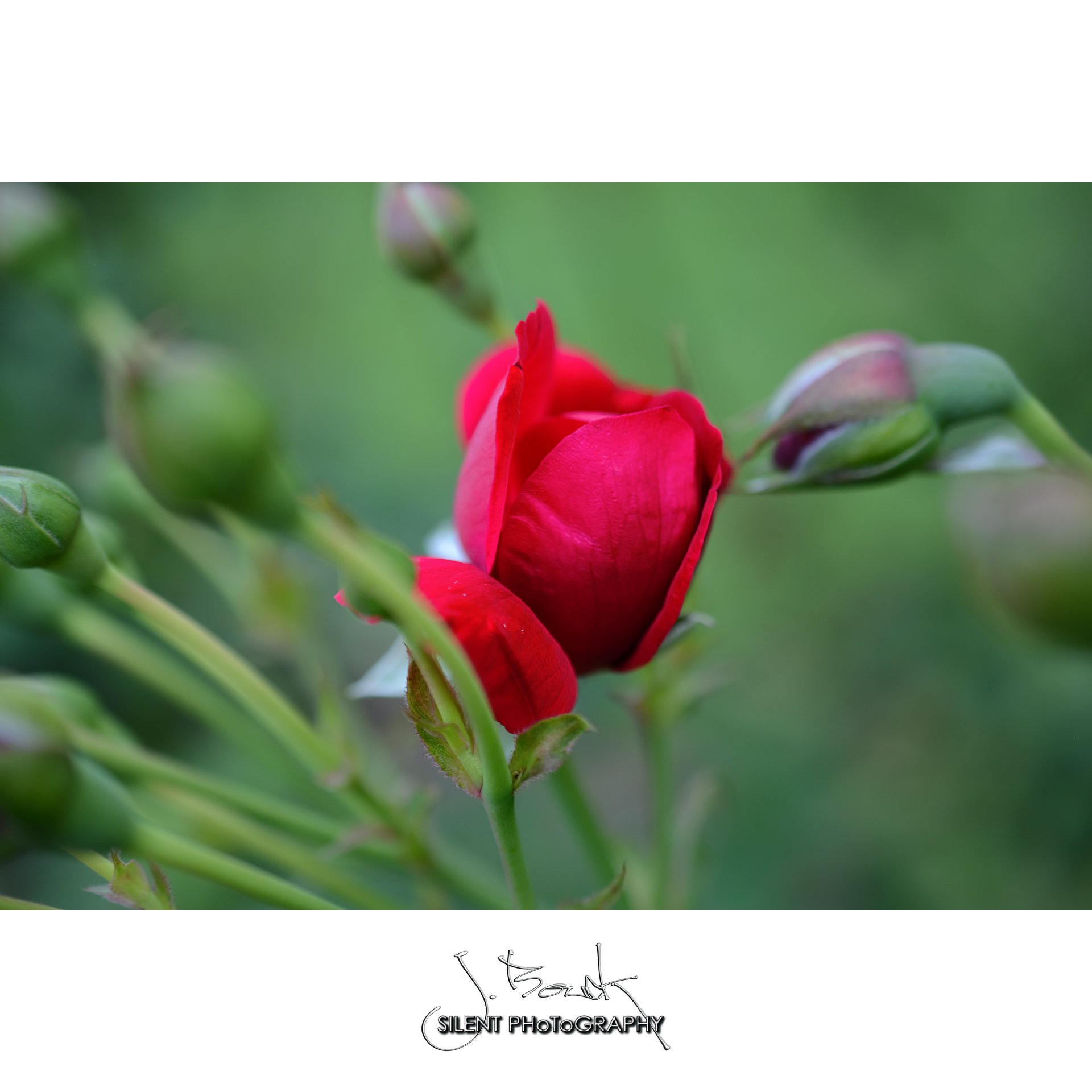
Macro photography of a red rose bud at Yaddo Garden in Saratoga Springs, New York.

Macro photography of a rose at Yaddo Garden in Saratoga Springs, New York.
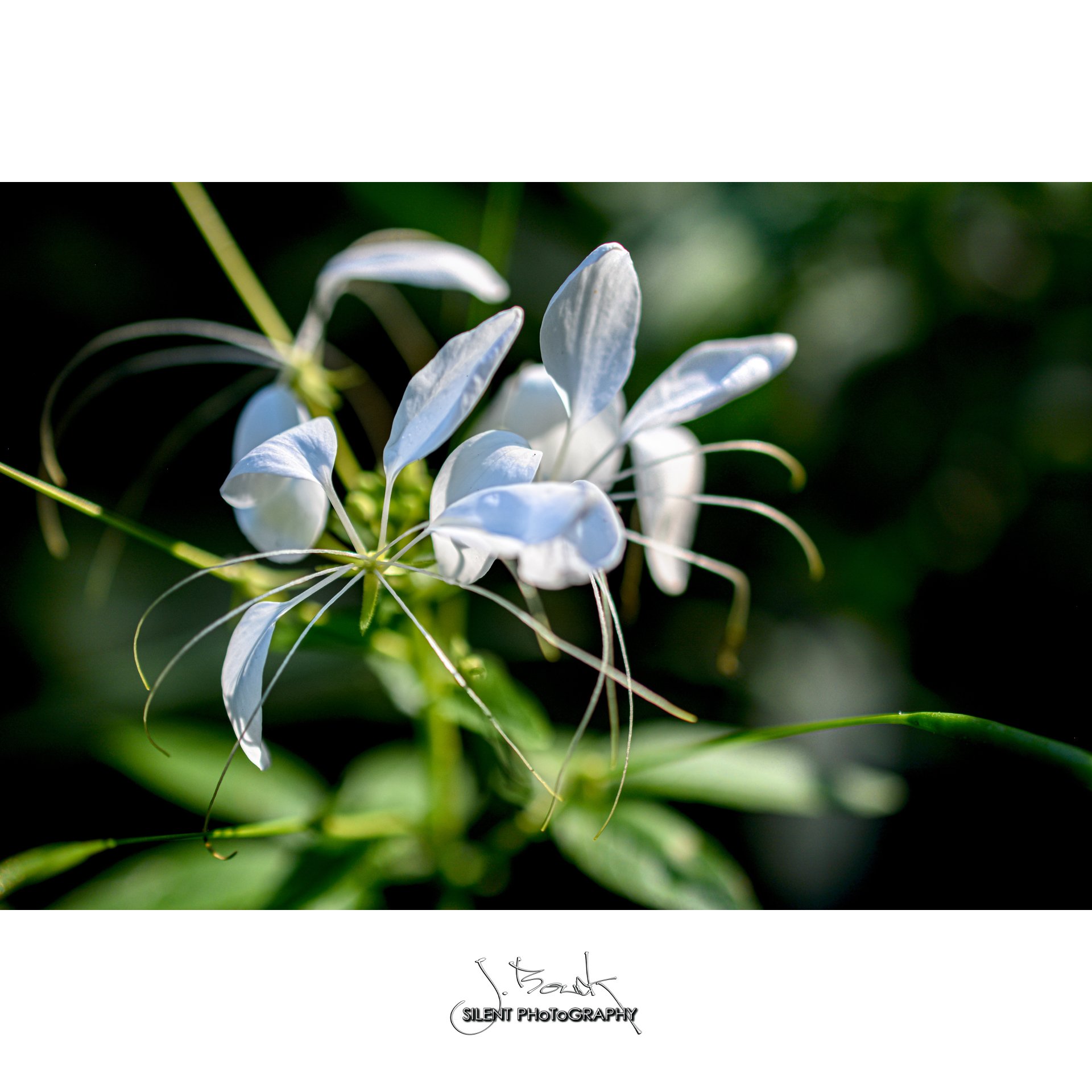
Macro photography of a White Cleome Flower at Yaddo Garden in Saratoga Springs, New York.
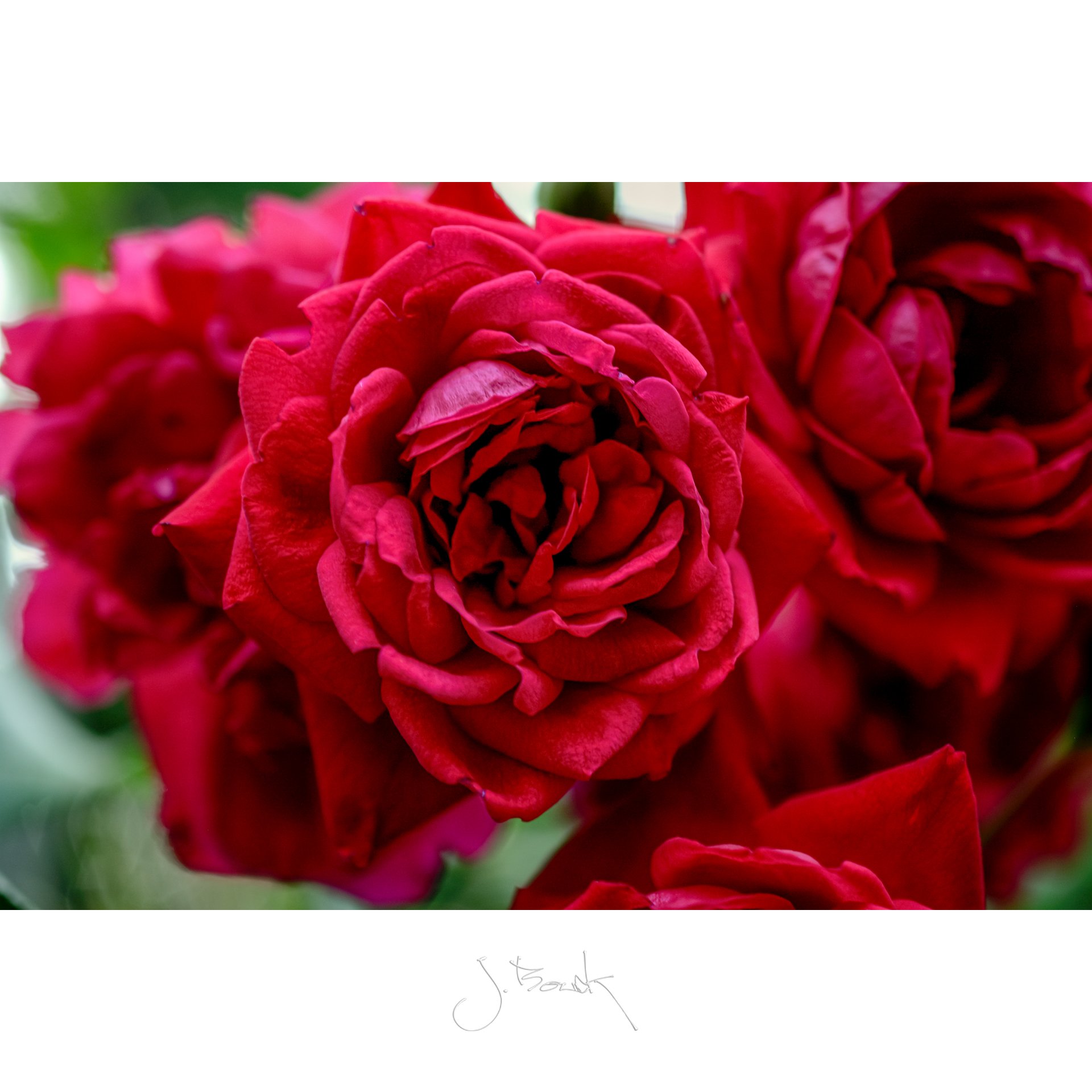
Macro photography of a rose at Yaddo Garden in Saratoga Springs, New York.
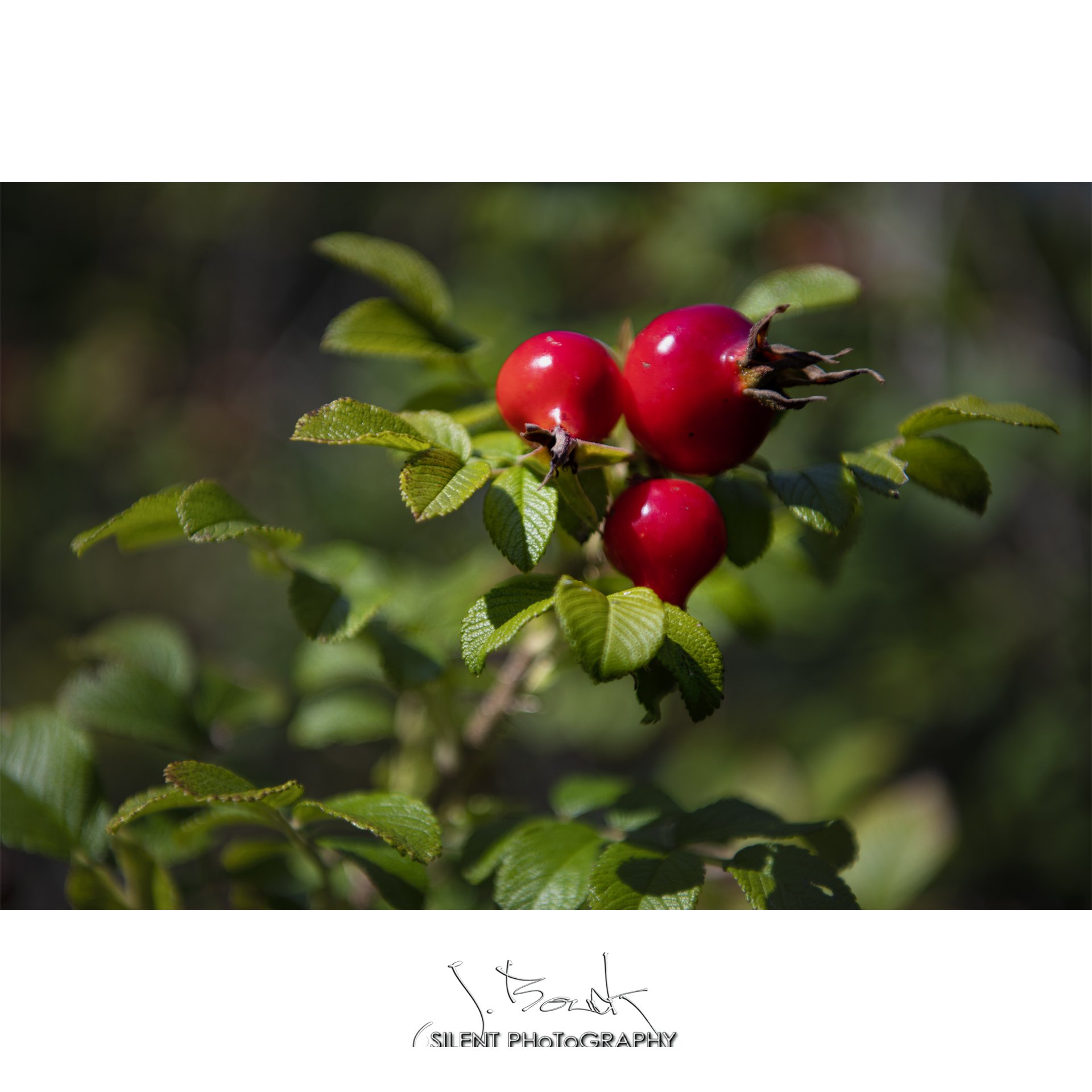
These nutritious and delicious fruits are often overlooked. These rose hips were photographed outside Johnstown, New York.
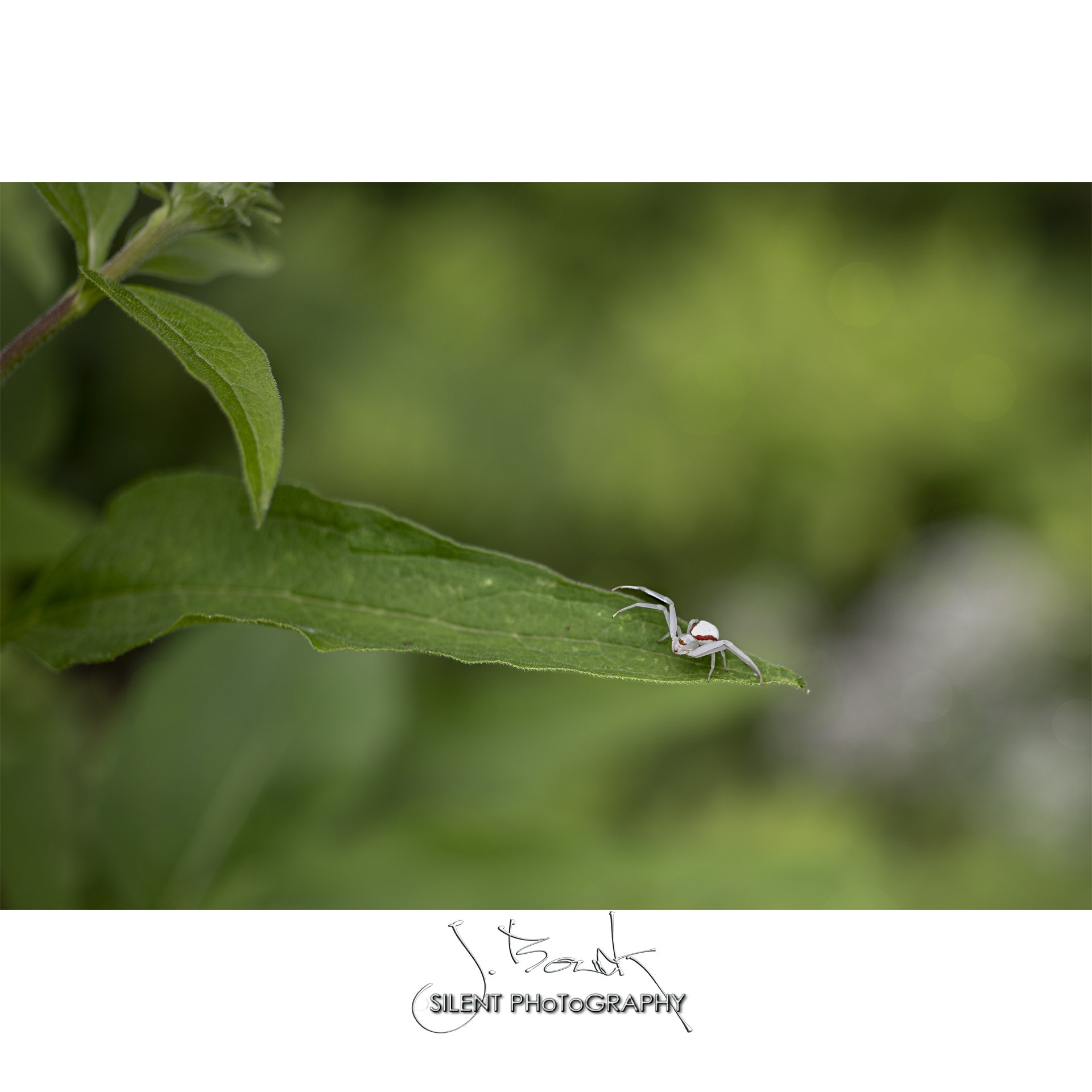
Misumena vatia is a species of crab spider. In North America, it is called the goldenrod crab spider or flower (crab) spider as it is commonly found hunting in goldenrod sprays and milkweed plants. They are called crab spiders because of their unique ability to walk sideways as well as forwards and backward. Misumena vatia are usually yellow or white or a pattern of these two colors. They may also present with pale green or pink instead of yellow, again, in a pattern with white. They have the ability to change between these colors based on their surroundings through the molting process. They have a complex visual system, with eight eyes, that they rely on for prey capture and for their color-changing abilities. Sometimes, if Misumena vatia consumes colored prey, the spider itself will take on that color. Misumena vatia feeds on common insects, often consuming prey much larger than themselves. They use venom to immobilize their prey, though they are harmless to humans. Females are stationary and choose a flower to settle on, while males cover great distances searching for mates. Females do not emit pheromones; rather, they leave "draglines" of silk behind them as they move, which males follow.
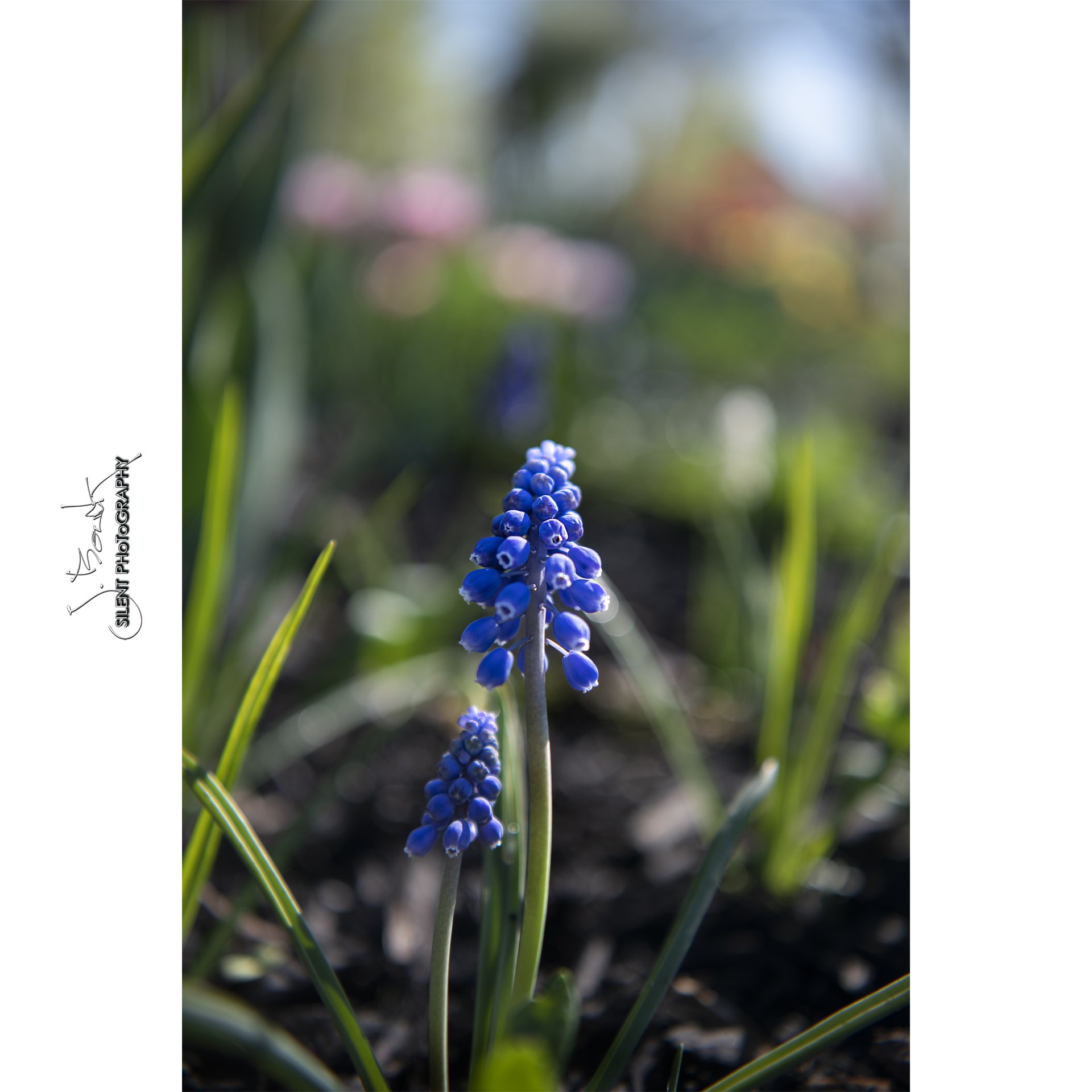
An early-blooming bulb, this image was taken in the Silent jane Garden in 2022. Grape hyacinths are easy to grow. Muscari naturalize well and are often found along pathways, at the front of flower beds, or beneath shrubs.

An unusual moss cluster with a more unusual bokeh above. Found in the Adirondack Park on Good Luck Mountain.
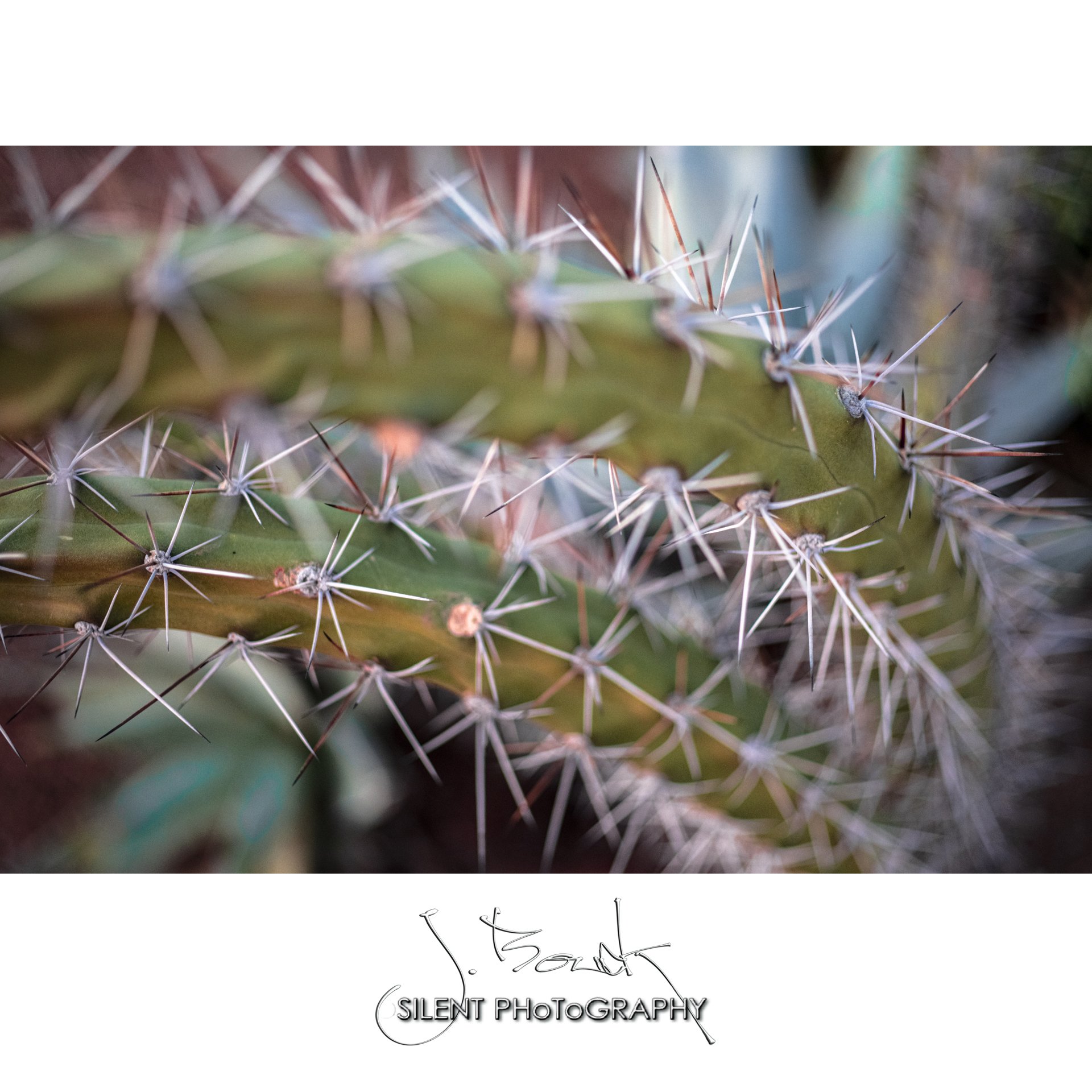
Taken at the Botanical Gardens in Pheonix, Arizona, this Euphorbia milii has a long history and a beautiful habit. Often Grown for its bright red flowers, this plant is a common and beautiful cactus in many homes. The common name refers to the thorny crown Jesus was forced to wear during his crucifixion, with the red bracts of the flowers representing his blood. It is not reputed to be the plant actually used. They are considered good luck plants all over the world including in China and India. The plant has a milky white sap that is toxic to humans and dogs. Skin contact causes irritation and dermatitis. Gastrointestinal symptoms are associated with ingestion.
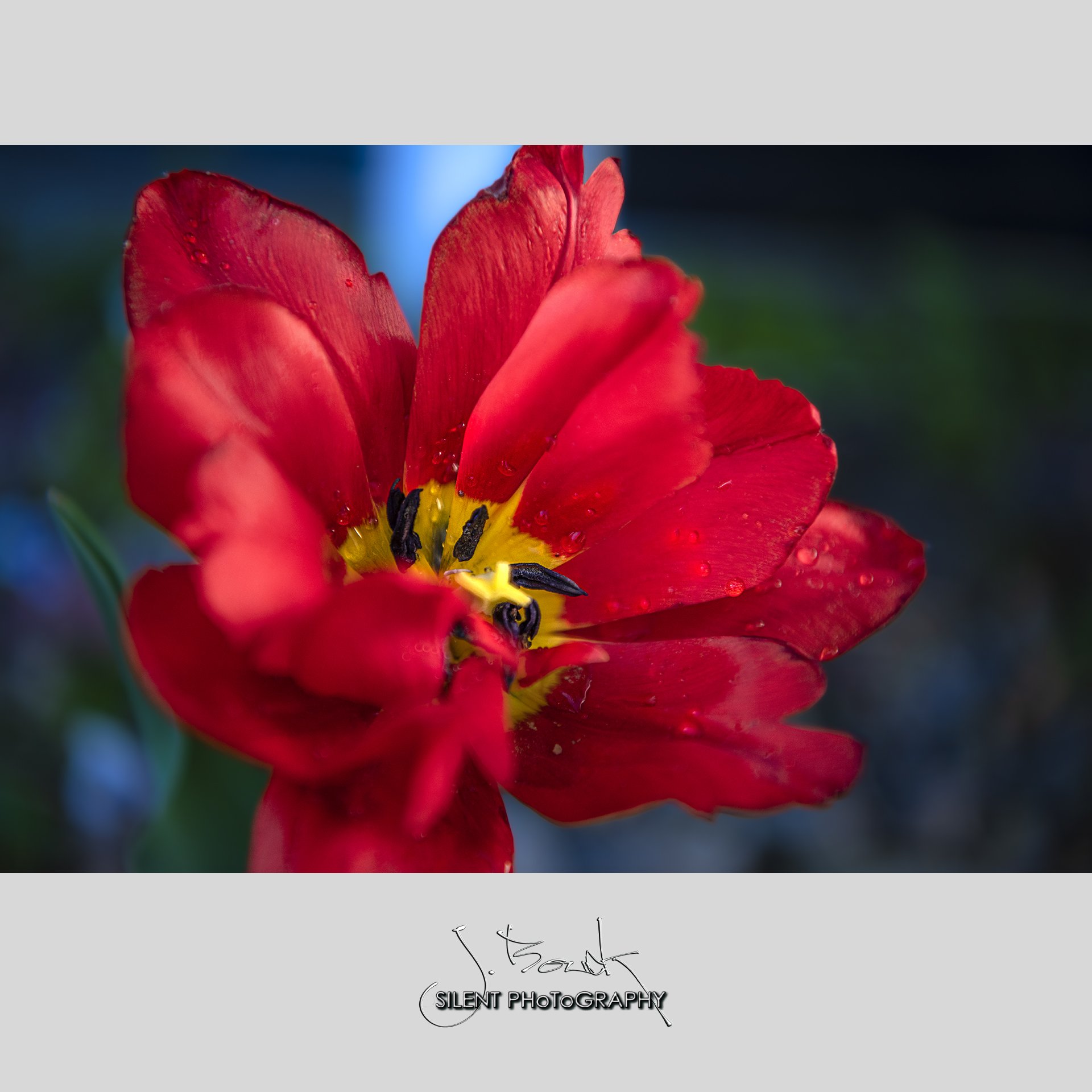
A red tulip growing at the studio in 2022.
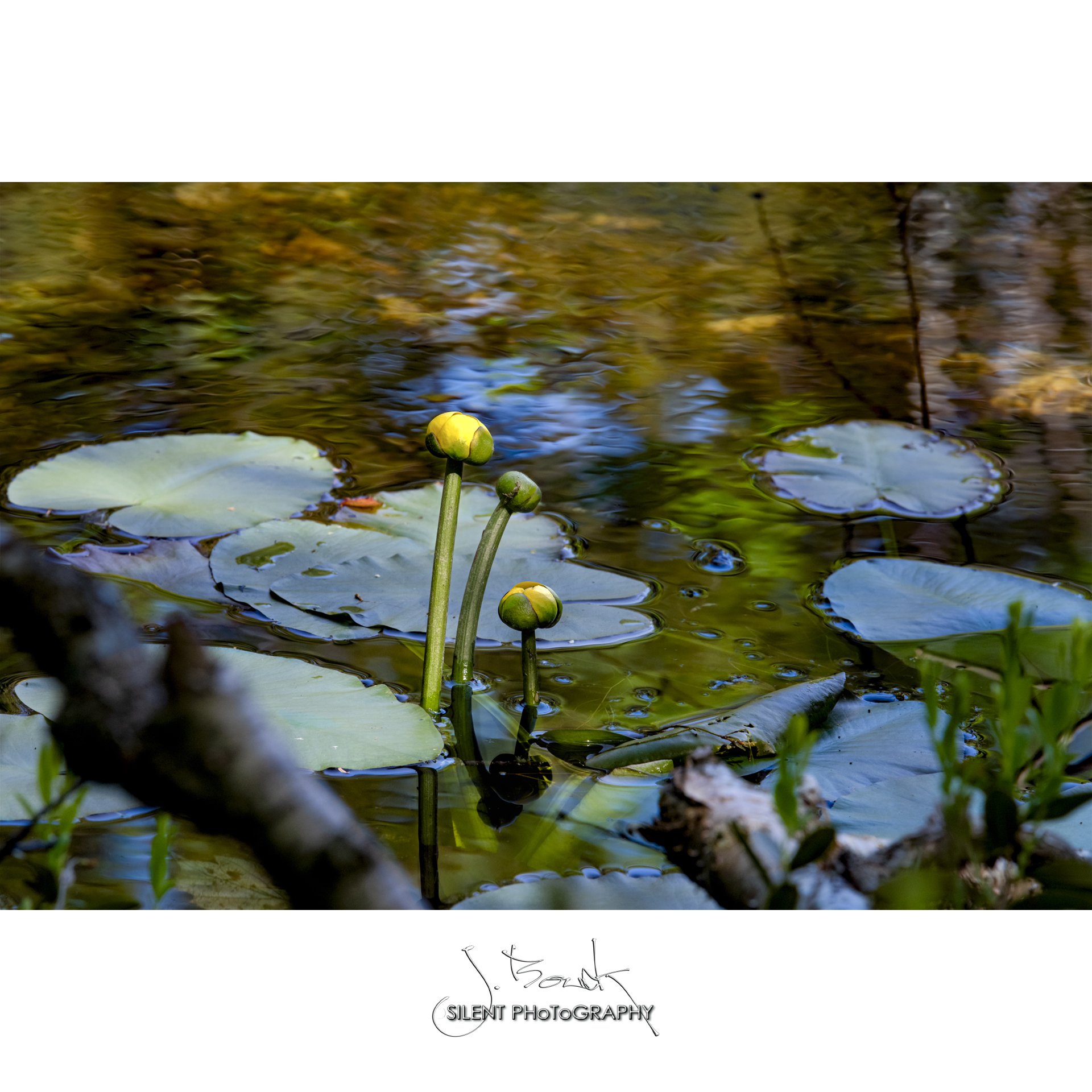
Taken in a swampy area near Nine Corners Lake in 2022. Although tranquil in appearance, the photograph was hard won as the insects in this location were ravenous. on 5-30-22. This image is also available as a limited edition print; inquire for purchase.
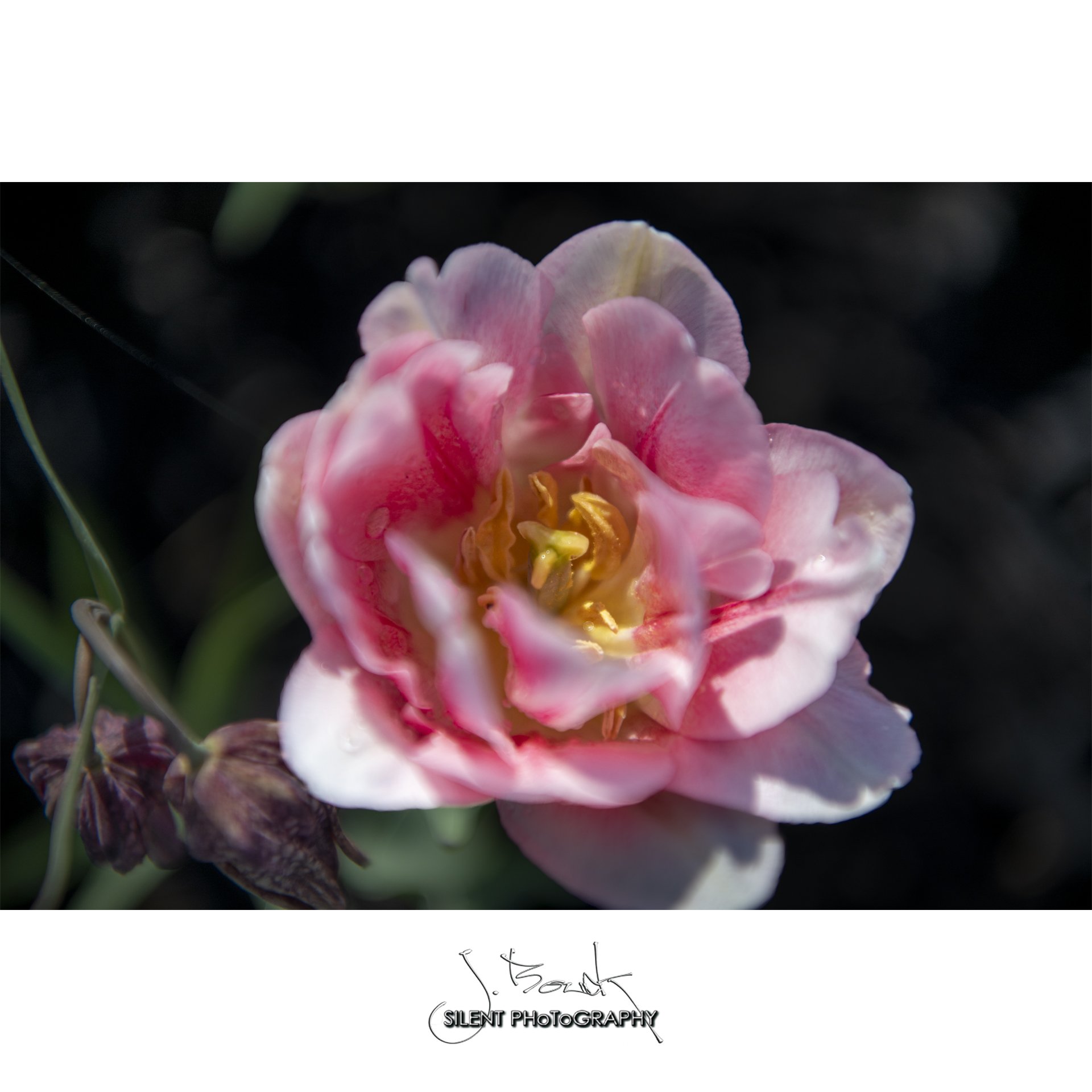
A pink tulip growing at the studio in 2022. alongside several Toad Lillies.
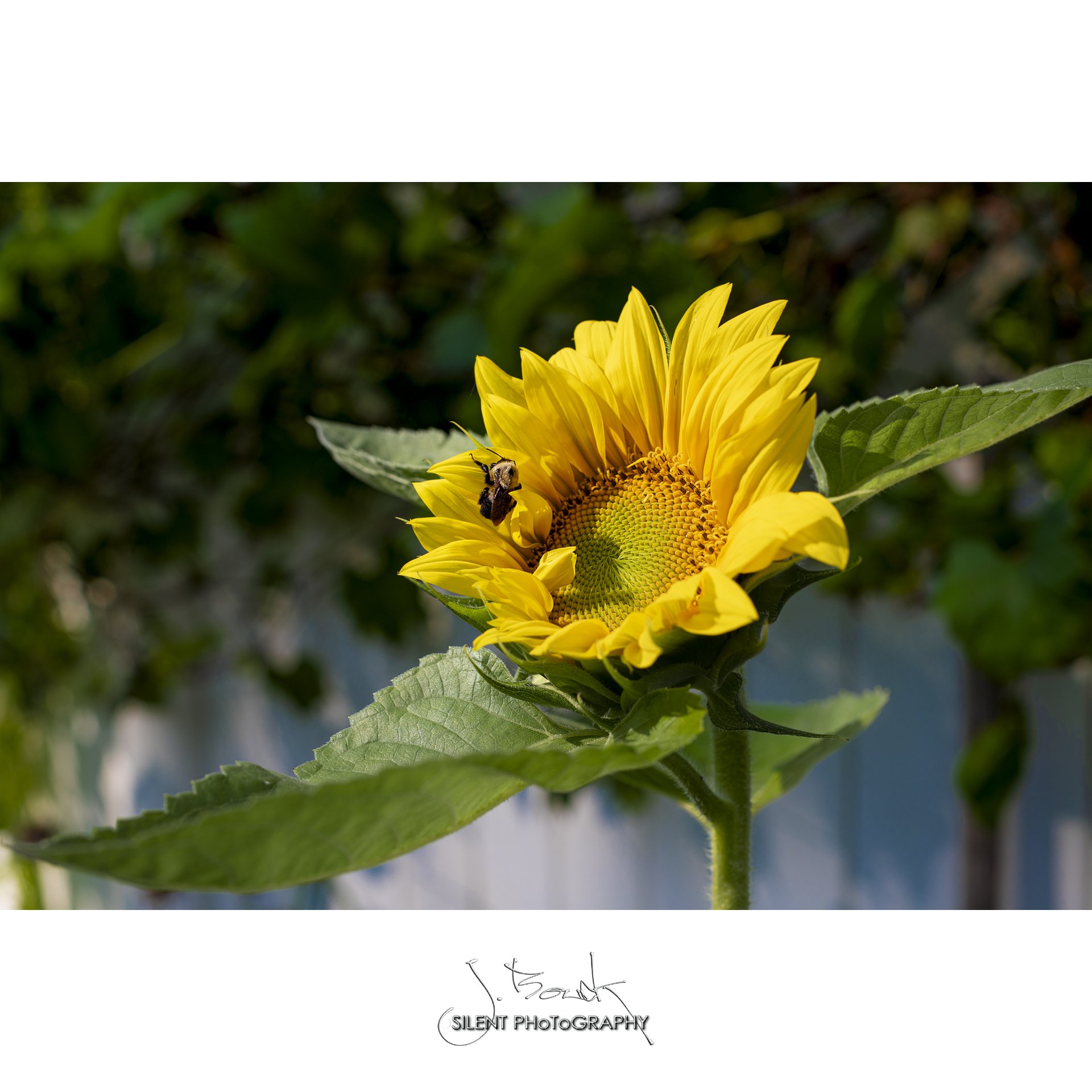
Morning light on a self-sowing sunflower at the Studio in Broadalbin, NY. This bee was sleeping peacefully till the sun warmed him.

A tulip and grape hyacinths in a spring flower bed at the Silent Jane Studio.
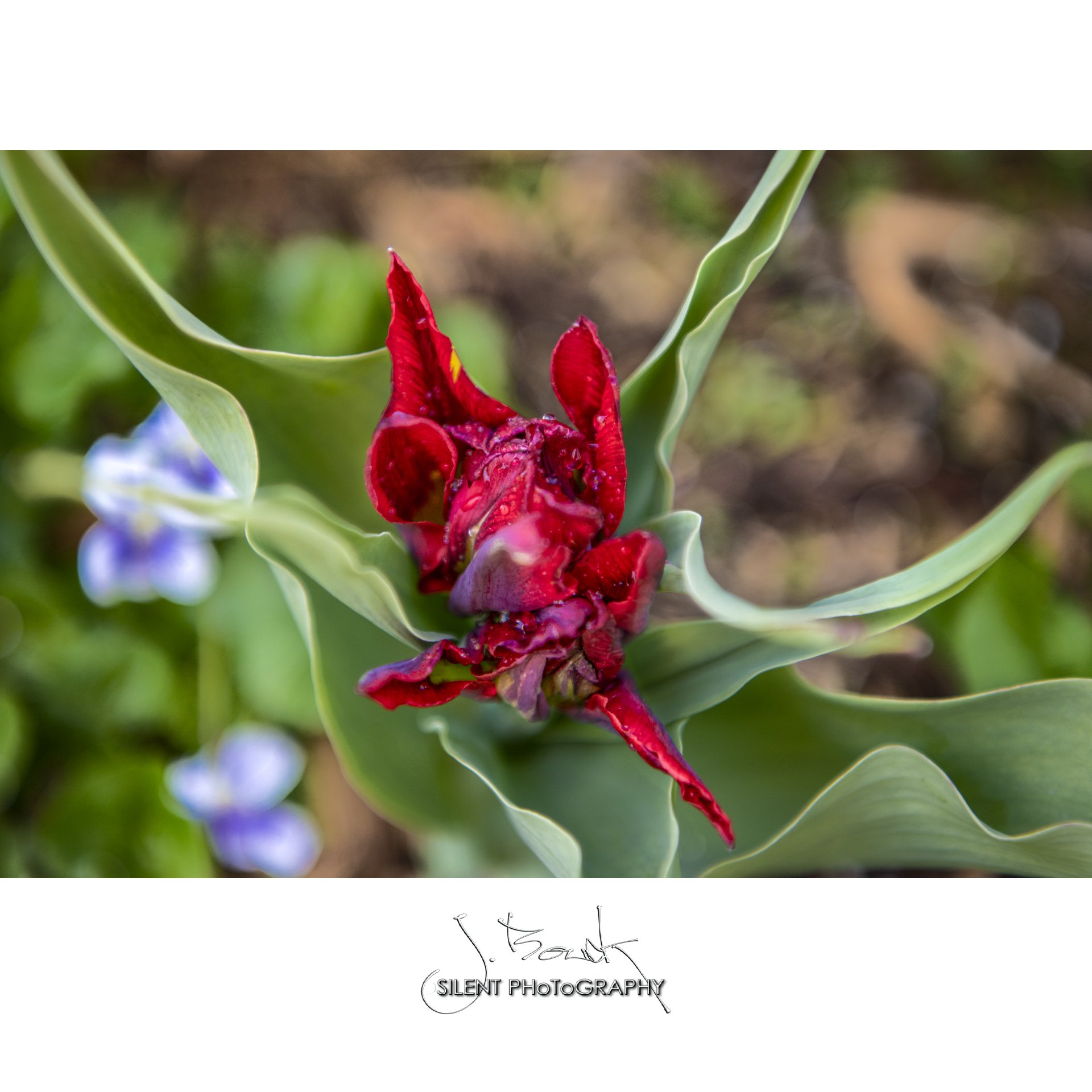
A Parrot Tulip nearly opened at the Silent Jane Studio among the wild violets in spring of 2022.
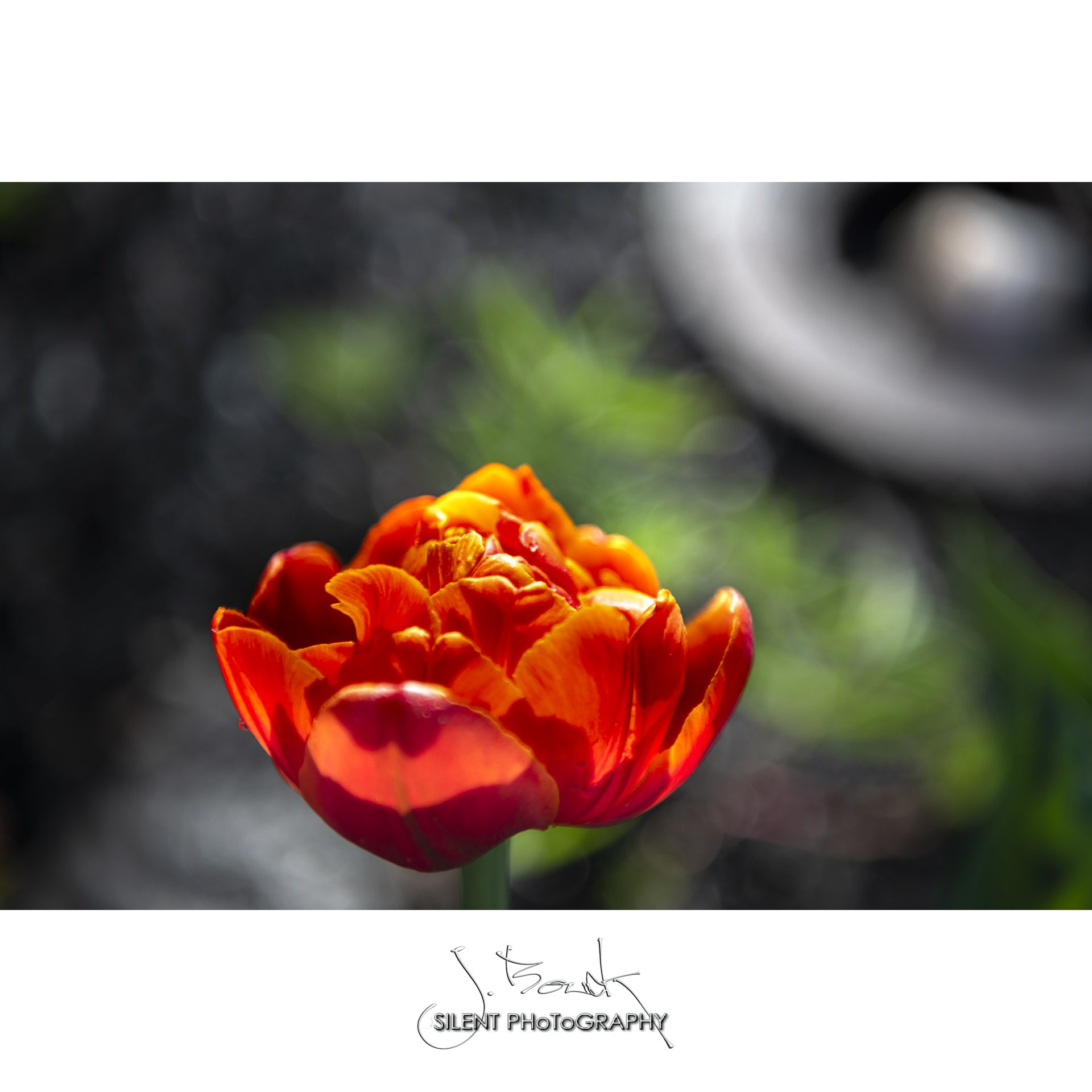
A brilliant orange tulip grows next to the crystals formerly gathered by Zaccaria Crankshaw.
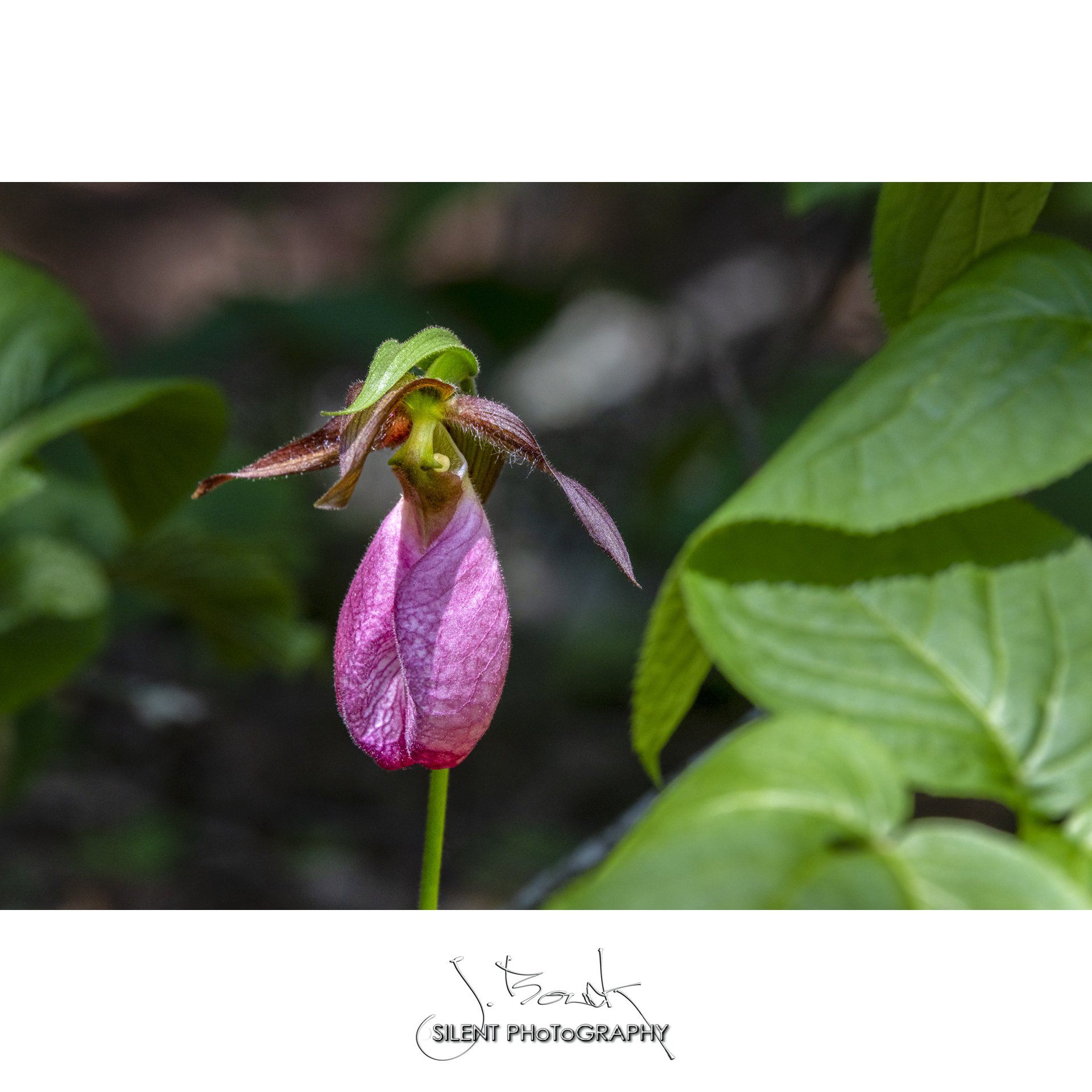
Cypripedium acaule or Fissipes hirsuta, commonly called Pink Lady's Slipper or Moccasin Flower, is widely distributed across the eastern United States and eastern to central Canada, from Alabama to the Northwest Territories. It produces 2 basal leaves and a solitary flower with purplish brown to green petals and sepals. The labellum is a distinctively inflated pouch, magenta to white, often light pink with darker pink venation; a slit with inwardly rolled edges marks the front of the labellum. It is found in forests and woodlands, often near pines or conifers, and occasionally in bogs or swamps. It exhibits persistently low reproductive rates, caused partly by erratic flowering and infrequent pollination and its odd structure, which often deters pollinators. It can be distinguished from other species with similarly pink flowers, such as C. arietinum and C. reginae, by its basal (instead of stem) leaves.

A stargazer lily always grows near the door to my home in honor of my sister. She loved their cheery faces and heavy scent.
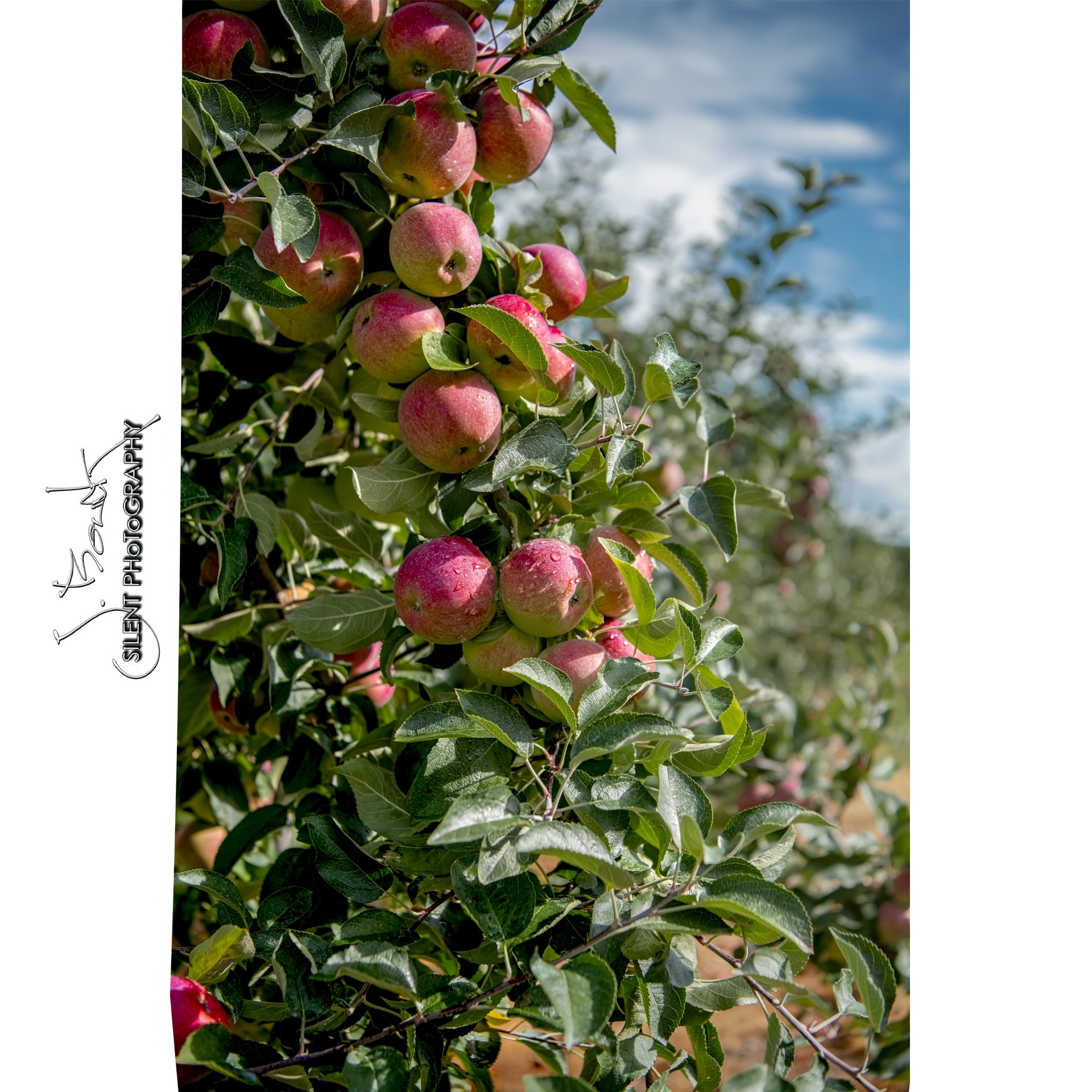
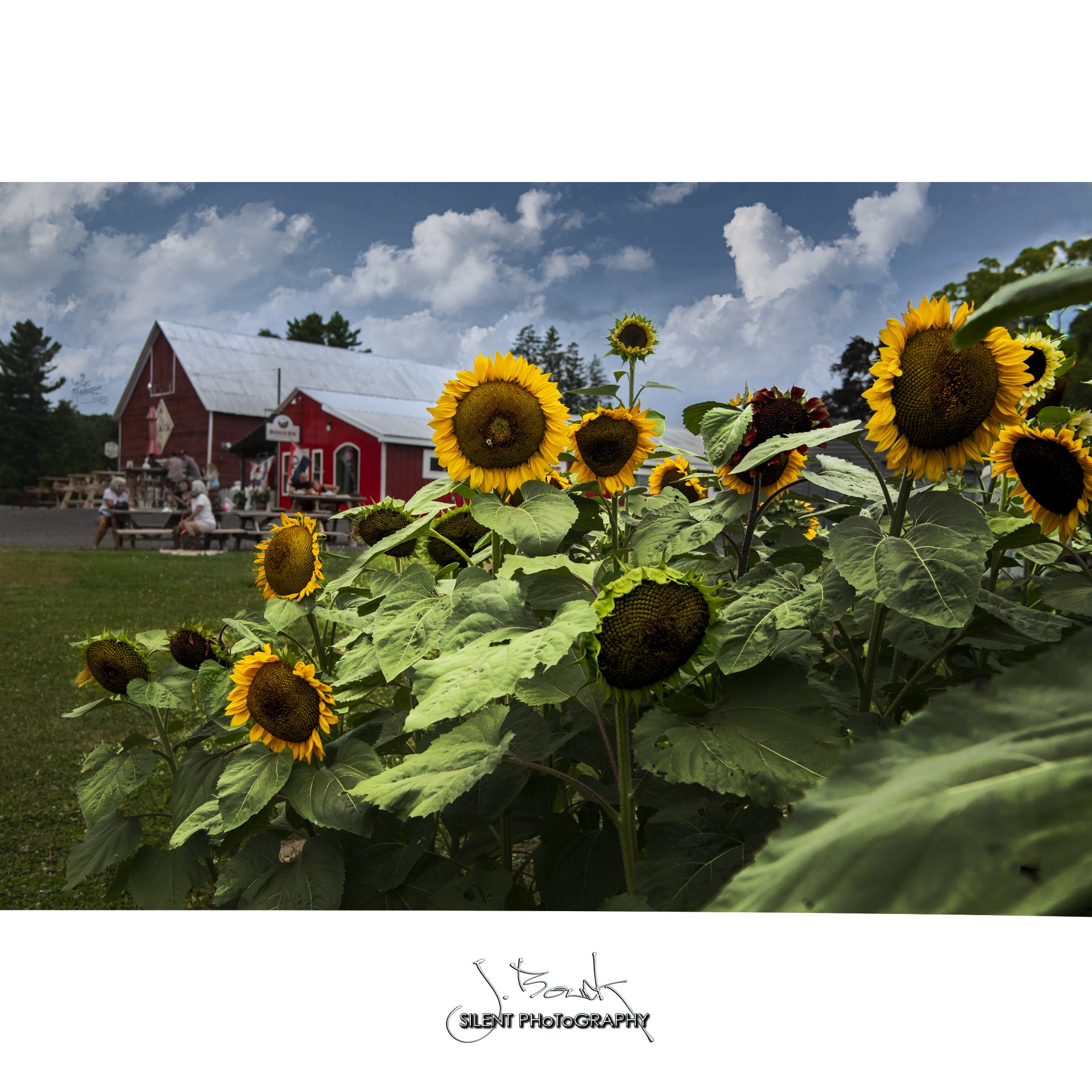
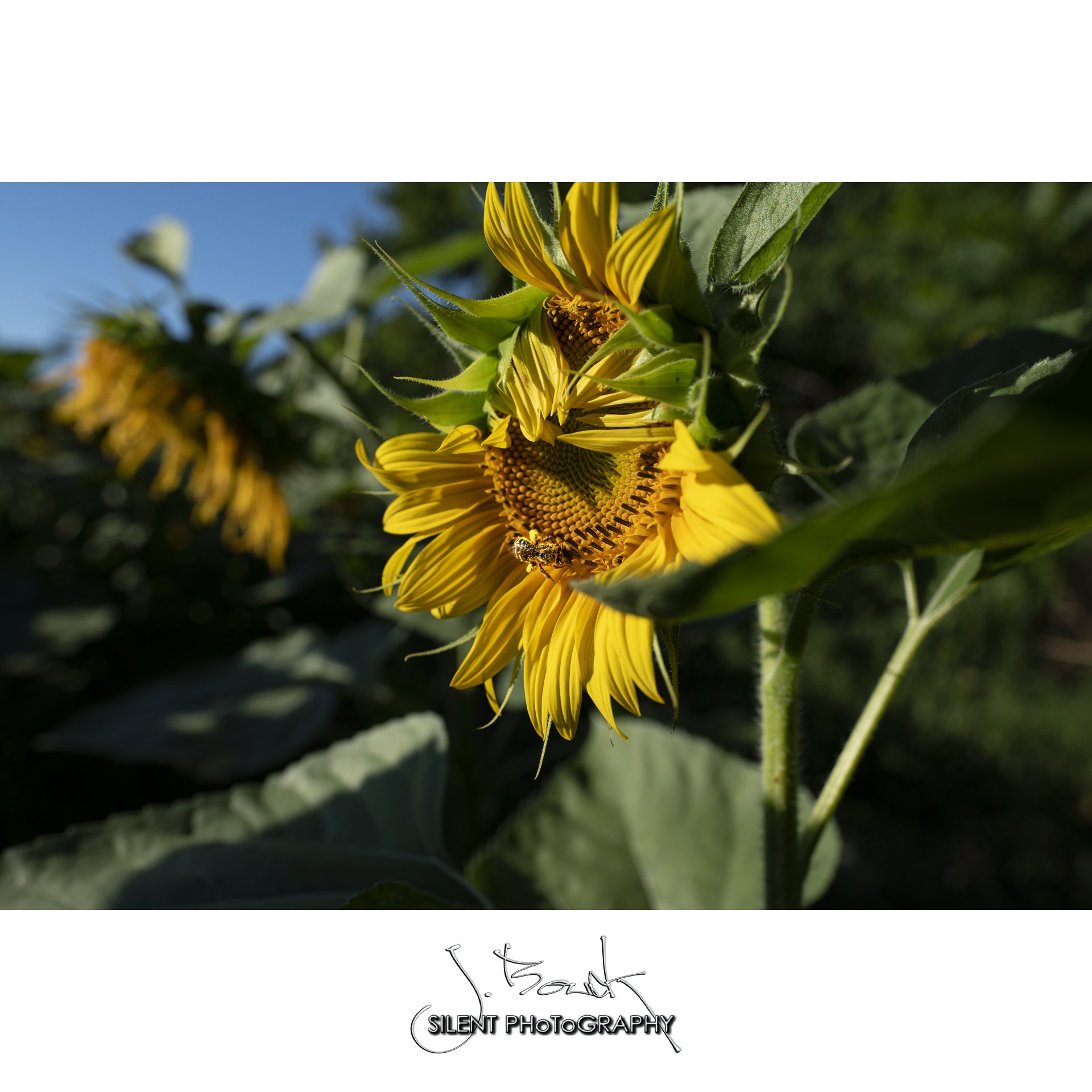
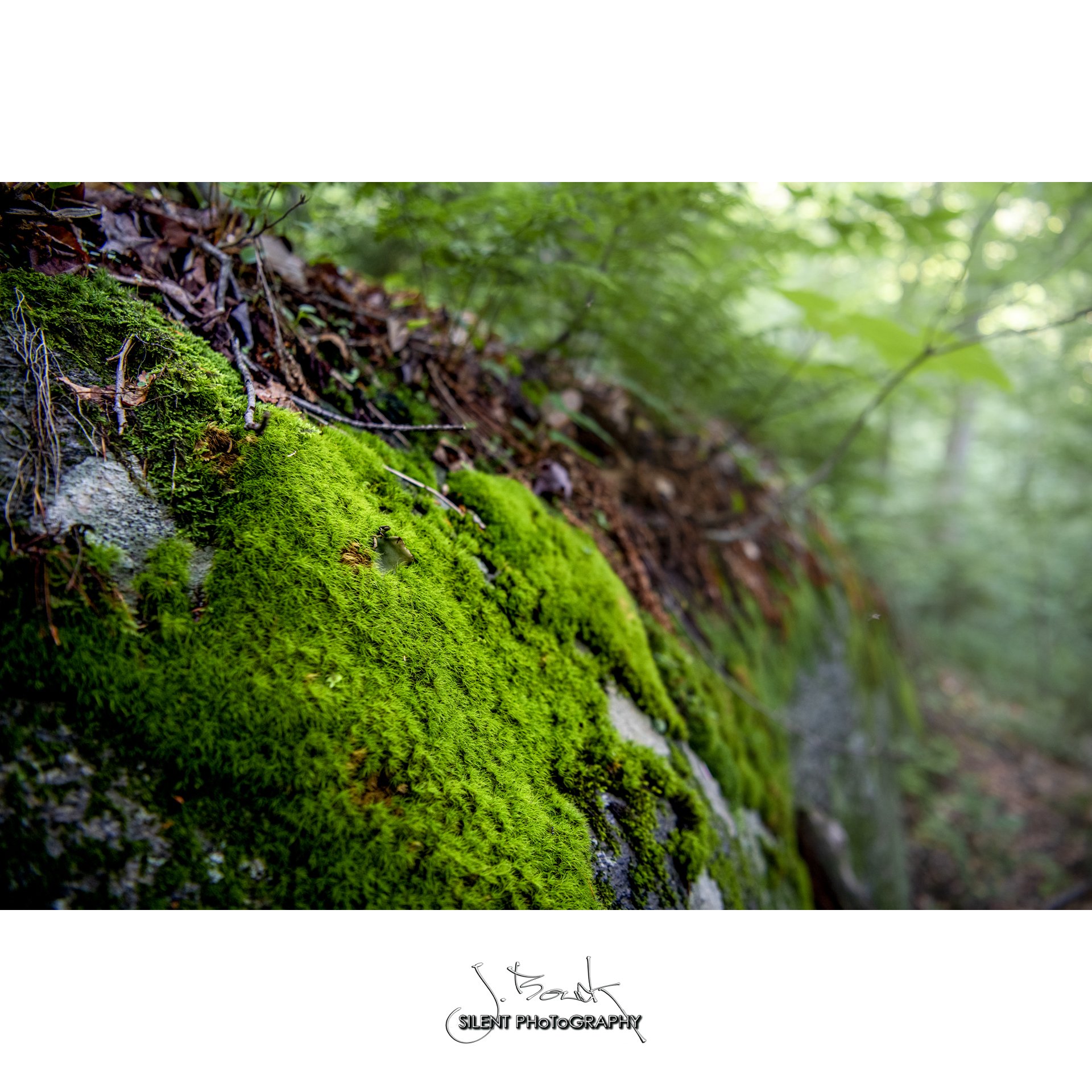
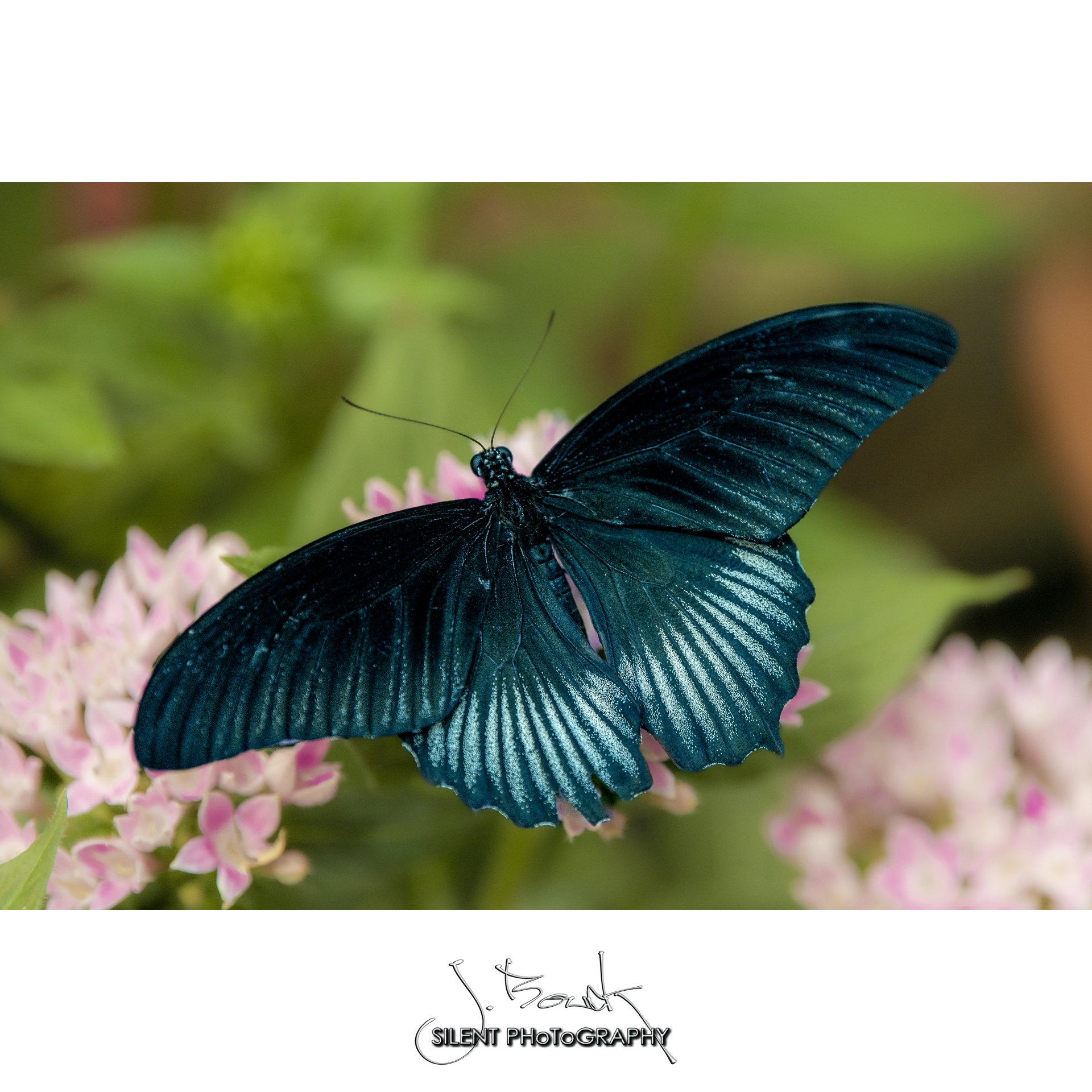
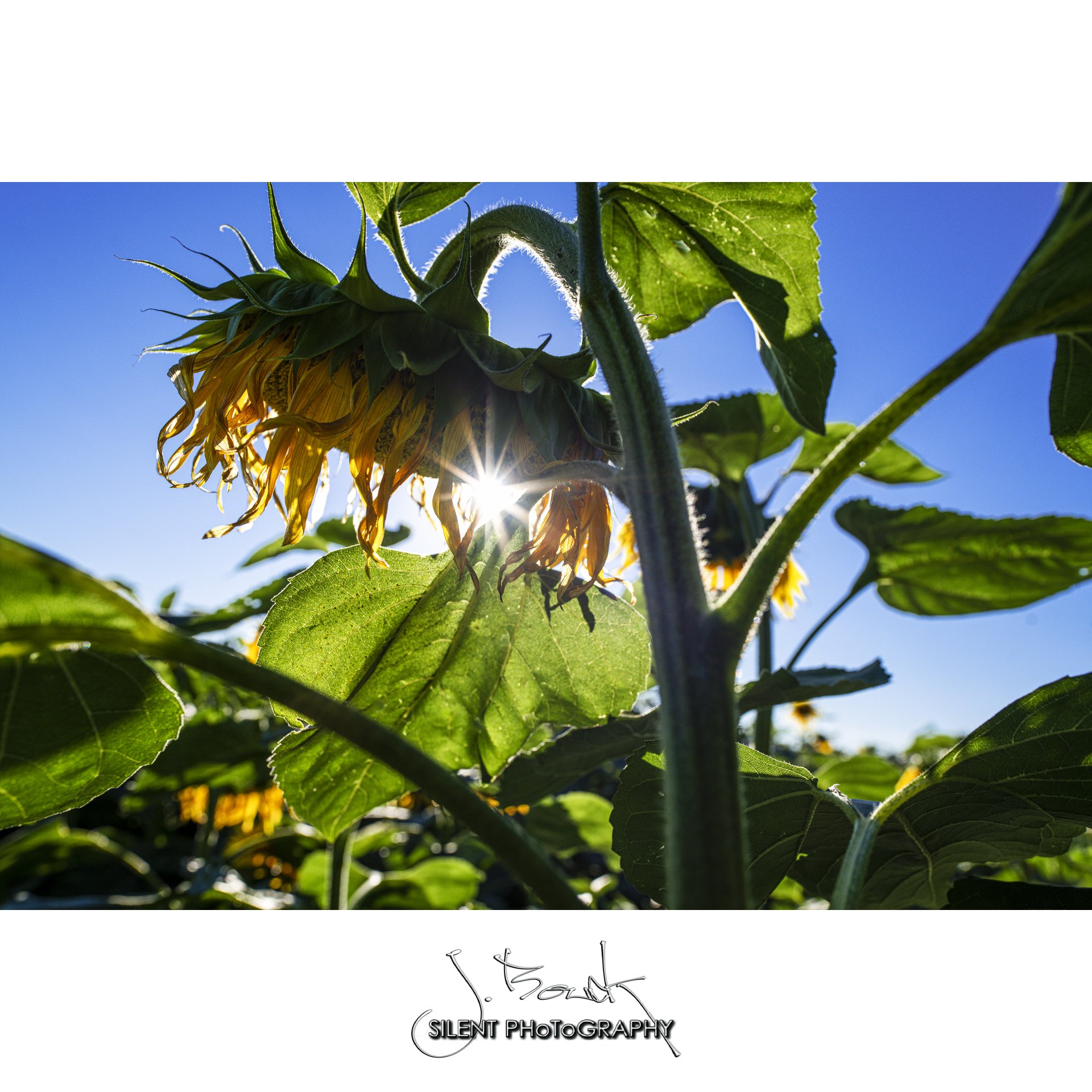
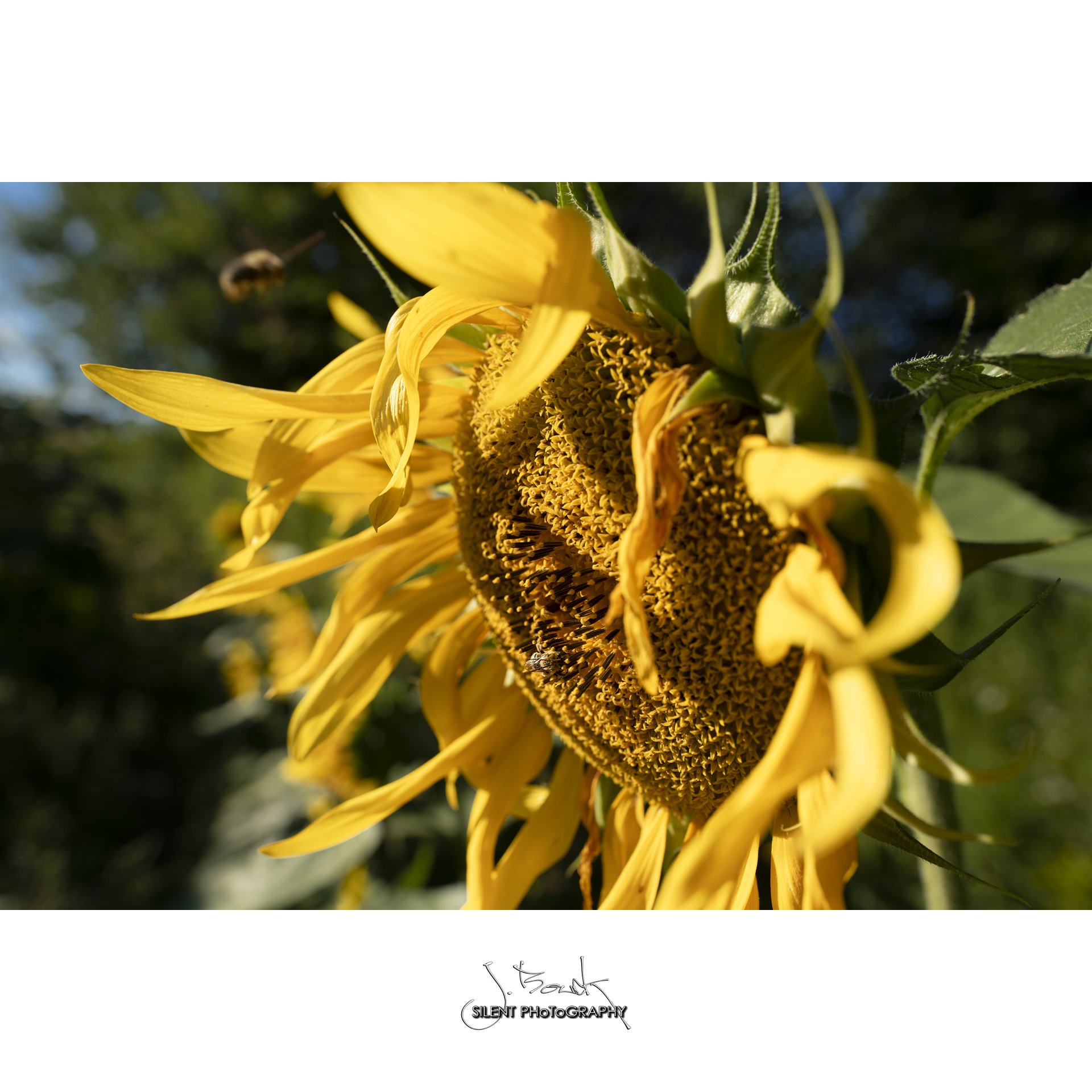

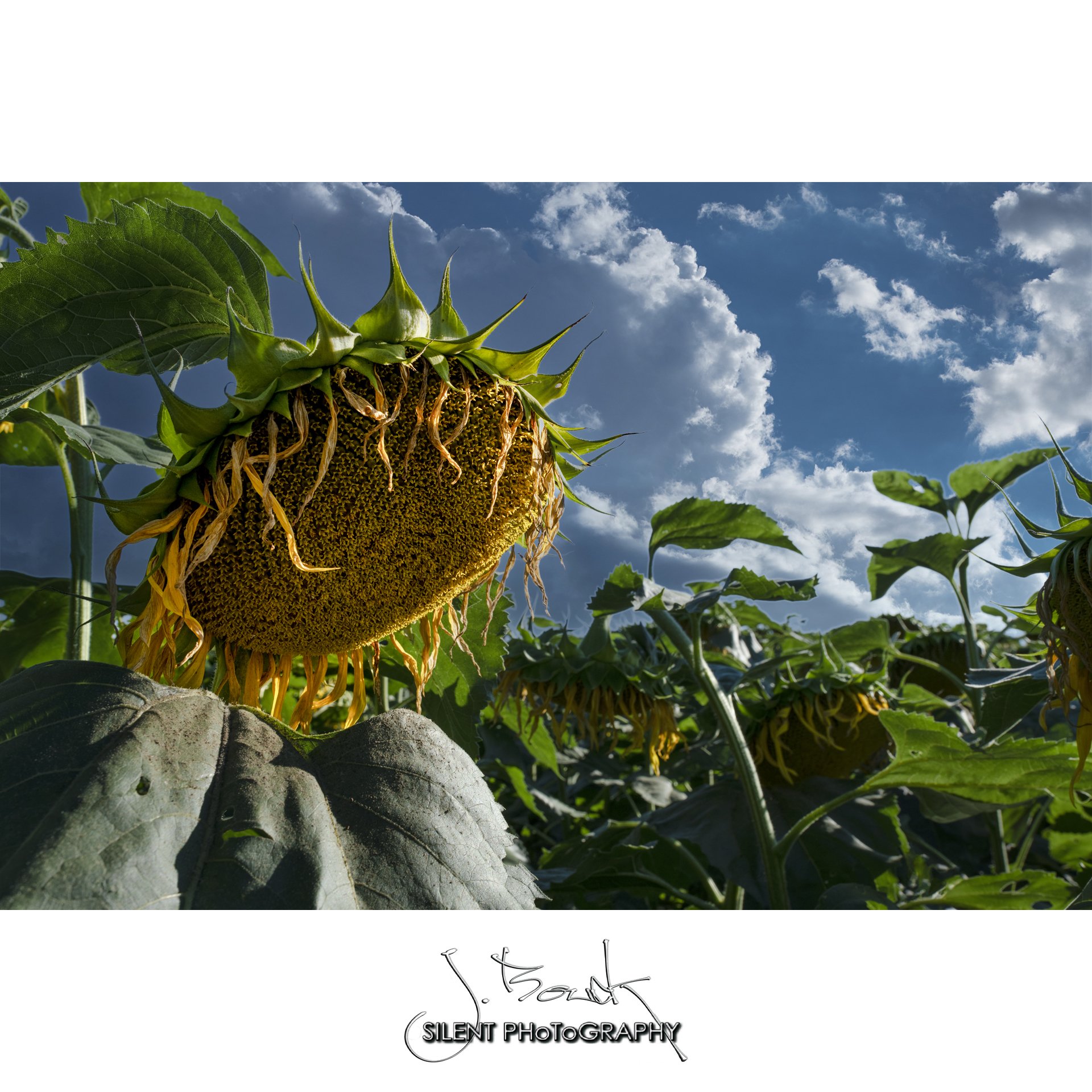
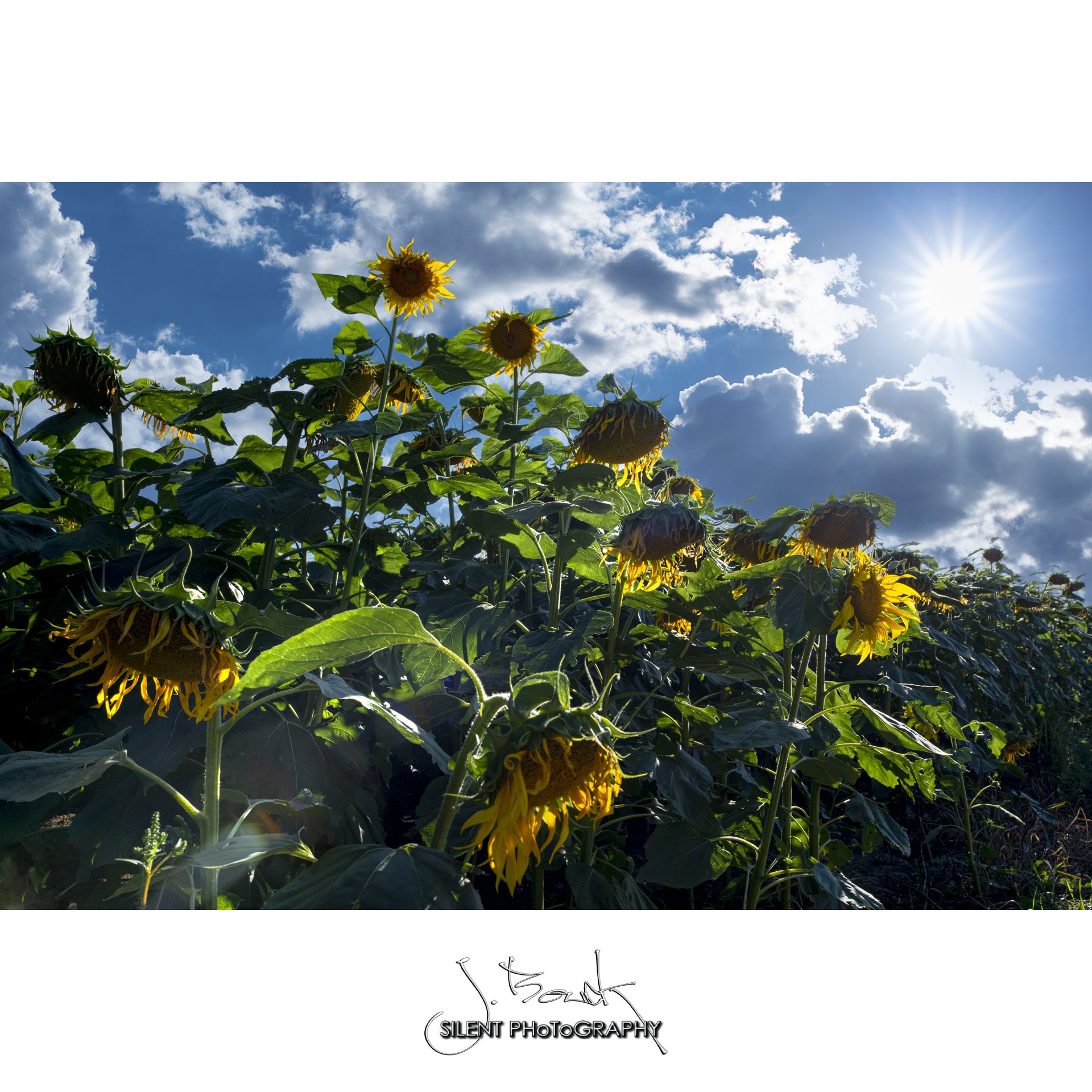
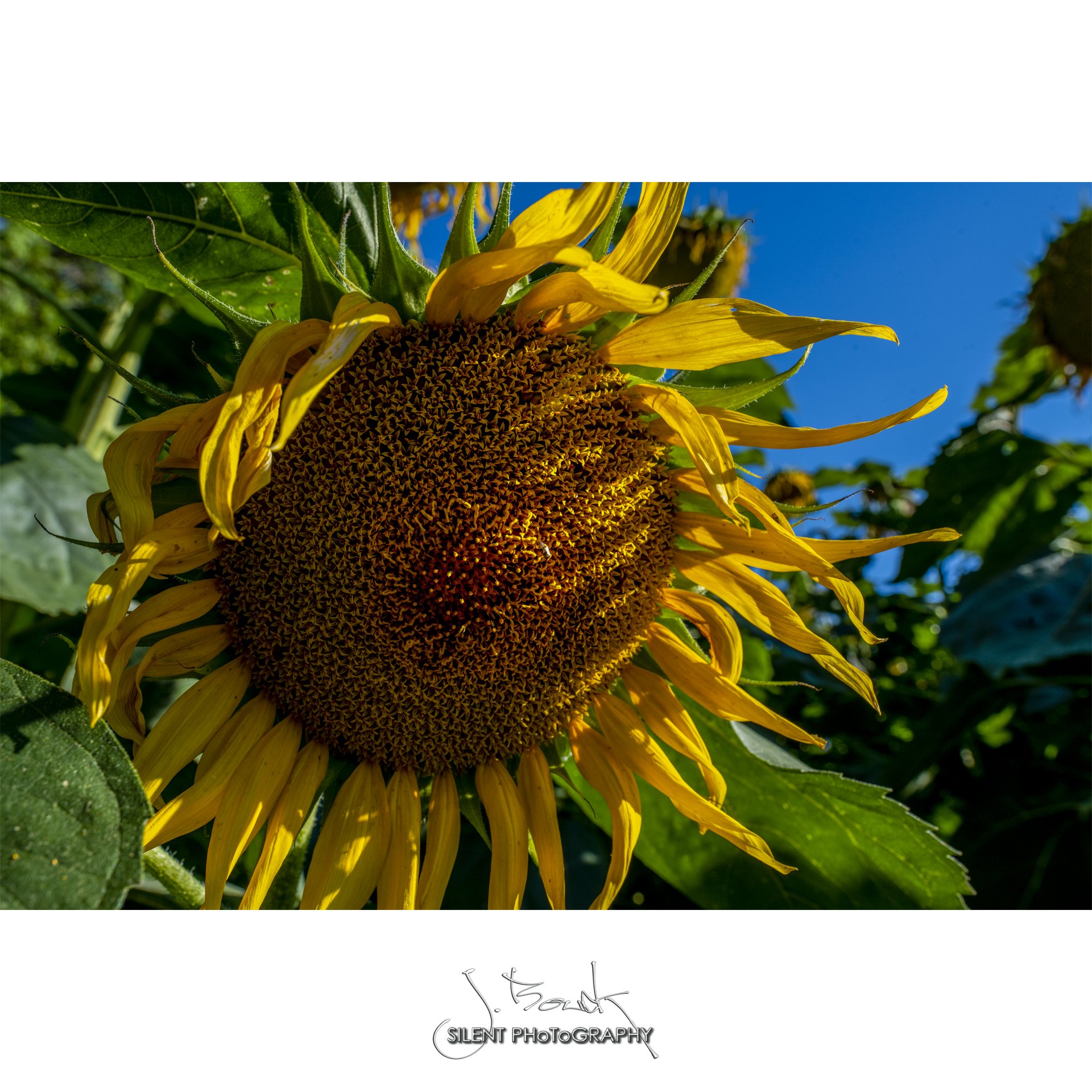














































This image from Wilcox Lake in the ADK park on 9-7-21 was taken in the magical time before sunset.
The beautiful landscaping and a bumble bee at the Historic Broadalbin Hotel photographed by Janene Bouck on 9-22-19.
A mainstay of most New York perennial gardens, Purple Coneflower or Echinacea purpurea catches morning light at the Silent Jane Studio in Broadalbin, NY. 7-31-21
A female Ruby Throated Hummingbird drinks from Crimson Monarda at the Silent Jane Studio in Broadalbin, NY. Janene took this image while sick with covid19 in July of 2022.
Macro photography of a rose bud at Yaddo Garden in Saratoga Springs, New York.
A macro botanical image was taken on the bank of the Kenneyetto Stream in Broadalbin, New York on 6-9-21.
Macro photography of a rose at Yaddo Garden in Saratoga Springs, New York.
A red trillium growing behind the Silent Jane Studio in Broadalbin, New York.
A cherished perennial at the Silent Jane Studio.
Found growing wild, these perennials tubers were divided, and a few were transplanted to attract pollinators to the studio gardens.
The delicate tiny flowers of this climbing bean give way to deliciousness!
Autumn Foliage on a warm, sunny, October day in Adirondack Park. 10-2-22
A macro photograph of the perennial poppies at the Silent Jane Studio. Janene has translated this photograph onto household and fashion items, as well as wall art.
Cypripedium acaule or Fissipes hirsuta, commonly called Pink Lady's Slipper or Moccasin Flower, is widely distributed across the eastern United States and eastern to central Canada, from Alabama to the Northwest Territories. It produces 2 basal leaves and a solitary flower with purplish brown to green petals and sepals. The labellum is a distinctively inflated pouch, magenta to white, often light pink with darker pink venation; a slit with inwardly rolled edges marks the front of the labellum. It is found in forests and woodlands, often near pines or conifers, and occasionally in bogs or swamps.
It exhibits persistently low reproductive rates, caused partly by erratic flowering and infrequent pollination and its odd structure, which often deters pollinators. It can be distinguished from other species with similarly pink flowers, such as C. arietinum and C. reginae, by its basal (instead of stem) leaves.
Macro Photography and Digital Art of the Bennet Lake Trail in the Adirondack Park, 3-12-21.
Macro photography of a rose at Yaddo Garden in Saratoga Springs, New York.
A macro photograph of a vine-ripening heirloom tomato at the Silent Jane Studio.
Macro photography of a red rose bud at Yaddo Garden in Saratoga Springs, New York.
Macro photography of a rose at Yaddo Garden in Saratoga Springs, New York.
Macro photography of a White Cleome Flower at Yaddo Garden in Saratoga Springs, New York.
Macro photography of a rose at Yaddo Garden in Saratoga Springs, New York.
These nutritious and delicious fruits are often overlooked. These rose hips were photographed outside Johnstown, New York.
Misumena vatia is a species of crab spider. In North America, it is called the goldenrod crab spider or flower (crab) spider as it is commonly found hunting in goldenrod sprays and milkweed plants. They are called crab spiders because of their unique ability to walk sideways as well as forwards and backward. Misumena vatia are usually yellow or white or a pattern of these two colors. They may also present with pale green or pink instead of yellow, again, in a pattern with white. They have the ability to change between these colors based on their surroundings through the molting process. They have a complex visual system, with eight eyes, that they rely on for prey capture and for their color-changing abilities. Sometimes, if Misumena vatia consumes colored prey, the spider itself will take on that color. Misumena vatia feeds on common insects, often consuming prey much larger than themselves. They use venom to immobilize their prey, though they are harmless to humans. Females are stationary and choose a flower to settle on, while males cover great distances searching for mates. Females do not emit pheromones; rather, they leave "draglines" of silk behind them as they move, which males follow.
An early-blooming bulb, this image was taken in the Silent jane Garden in 2022. Grape hyacinths are easy to grow. Muscari naturalize well and are often found along pathways, at the front of flower beds, or beneath shrubs.
An unusual moss cluster with a more unusual bokeh above. Found in the Adirondack Park on Good Luck Mountain.
Taken at the Botanical Gardens in Pheonix, Arizona, this Euphorbia milii has a long history and a beautiful habit. Often Grown for its bright red flowers, this plant is a common and beautiful cactus in many homes. The common name refers to the thorny crown Jesus was forced to wear during his crucifixion, with the red bracts of the flowers representing his blood. It is not reputed to be the plant actually used. They are considered good luck plants all over the world including in China and India. The plant has a milky white sap that is toxic to humans and dogs. Skin contact causes irritation and dermatitis. Gastrointestinal symptoms are associated with ingestion.
A red tulip growing at the studio in 2022.
Taken in a swampy area near Nine Corners Lake in 2022. Although tranquil in appearance, the photograph was hard won as the insects in this location were ravenous. on 5-30-22. This image is also available as a limited edition print; inquire for purchase.
A pink tulip growing at the studio in 2022. alongside several Toad Lillies.
Morning light on a self-sowing sunflower at the Studio in Broadalbin, NY. This bee was sleeping peacefully till the sun warmed him.
A tulip and grape hyacinths in a spring flower bed at the Silent Jane Studio.
A Parrot Tulip nearly opened at the Silent Jane Studio among the wild violets in spring of 2022.
A brilliant orange tulip grows next to the crystals formerly gathered by Zaccaria Crankshaw.
Cypripedium acaule or Fissipes hirsuta, commonly called Pink Lady's Slipper or Moccasin Flower, is widely distributed across the eastern United States and eastern to central Canada, from Alabama to the Northwest Territories. It produces 2 basal leaves and a solitary flower with purplish brown to green petals and sepals. The labellum is a distinctively inflated pouch, magenta to white, often light pink with darker pink venation; a slit with inwardly rolled edges marks the front of the labellum. It is found in forests and woodlands, often near pines or conifers, and occasionally in bogs or swamps. It exhibits persistently low reproductive rates, caused partly by erratic flowering and infrequent pollination and its odd structure, which often deters pollinators. It can be distinguished from other species with similarly pink flowers, such as C. arietinum and C. reginae, by its basal (instead of stem) leaves.
A stargazer lily always grows near the door to my home in honor of my sister. She loved their cheery faces and heavy scent.